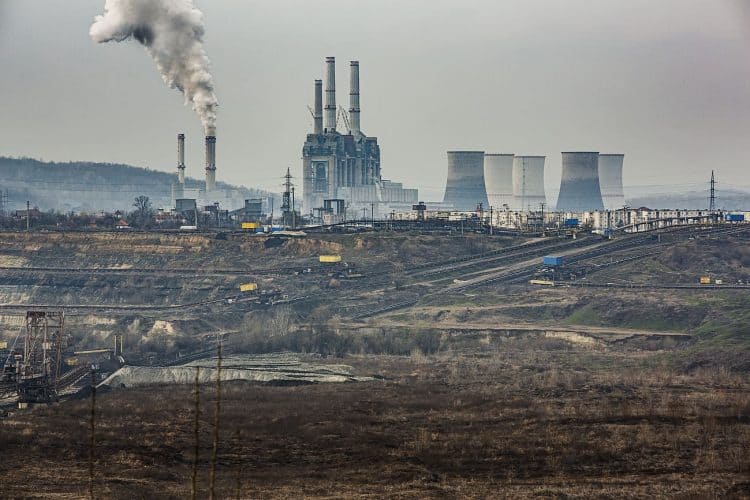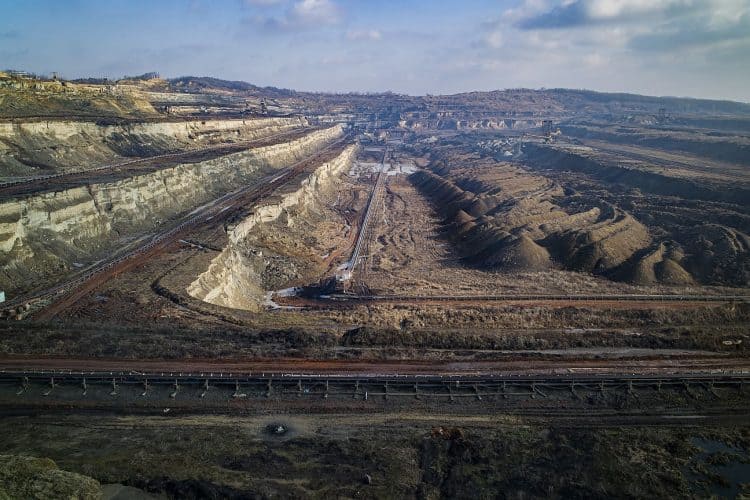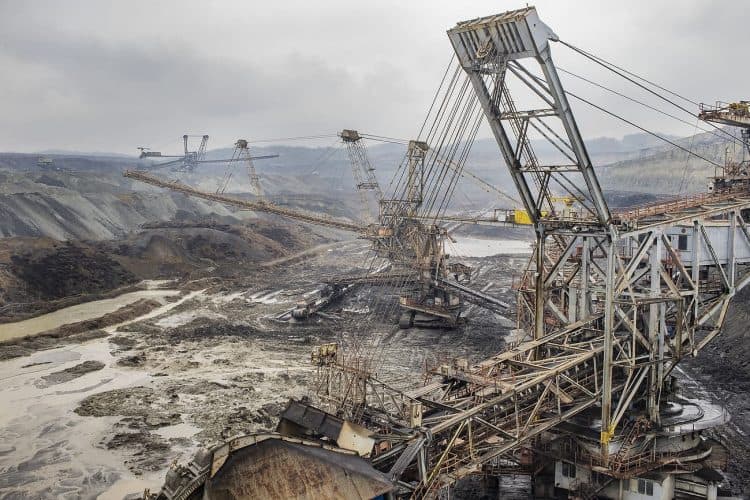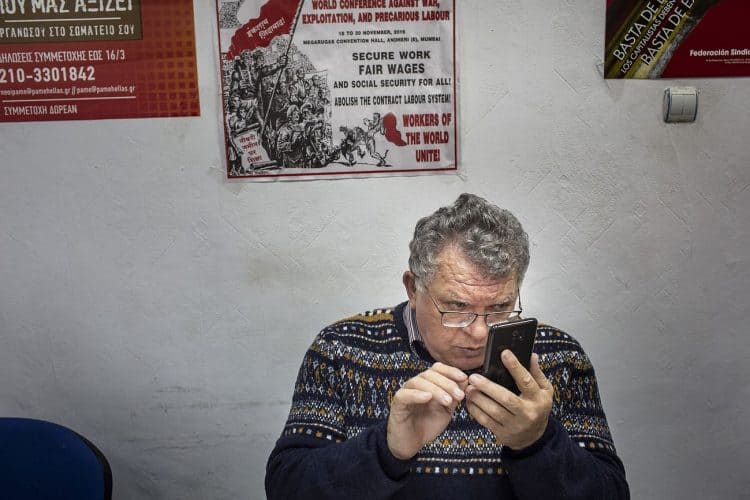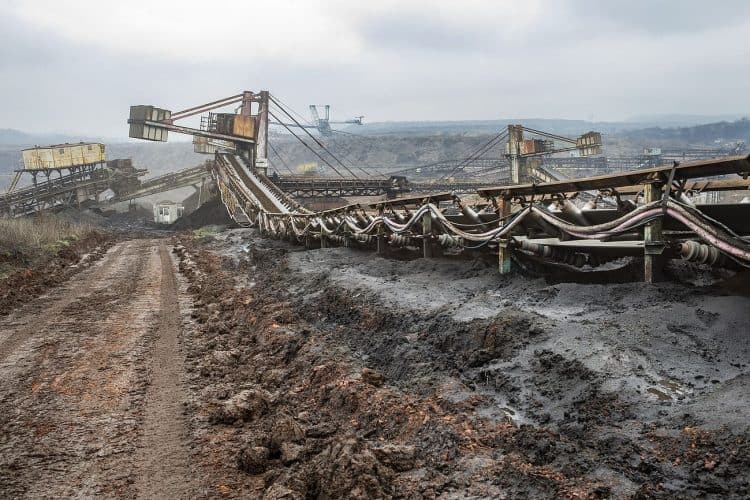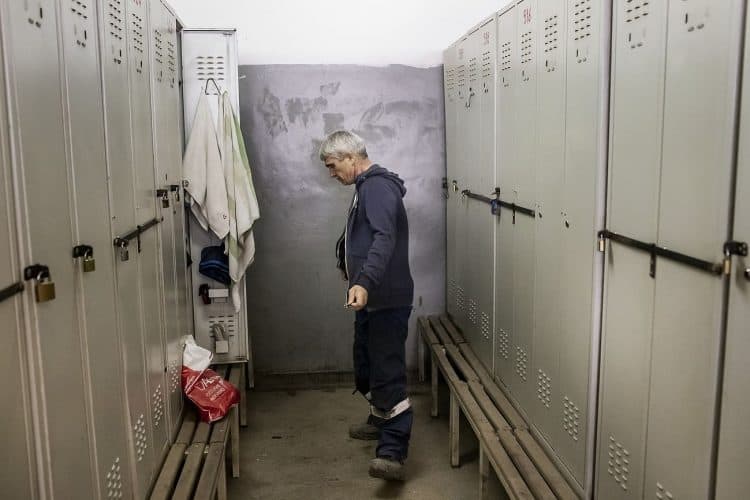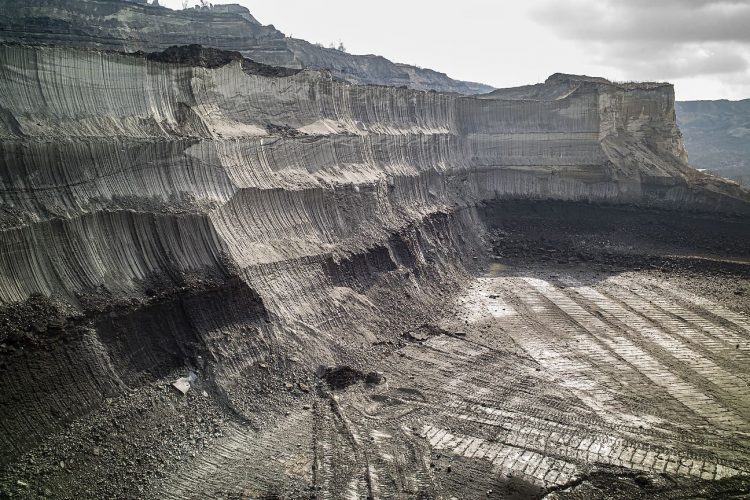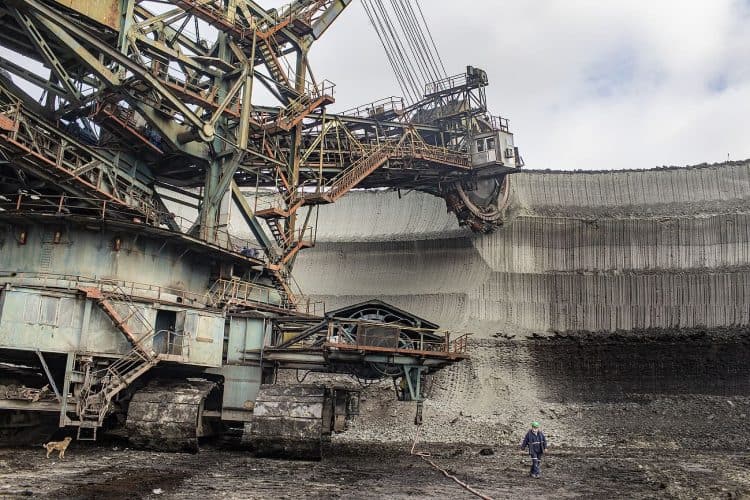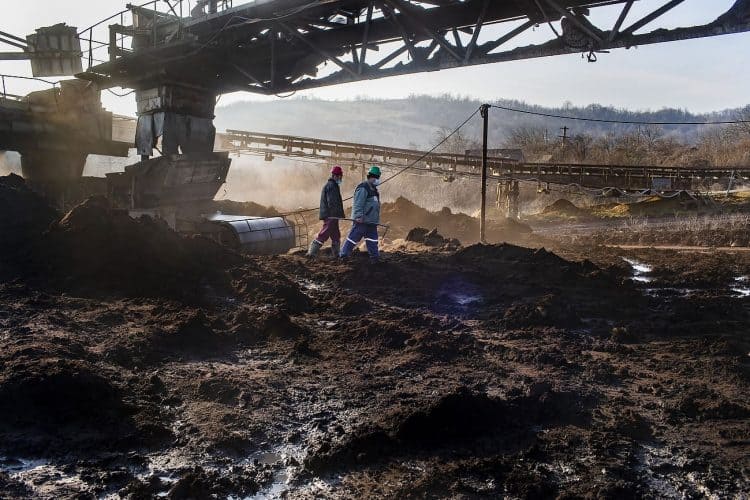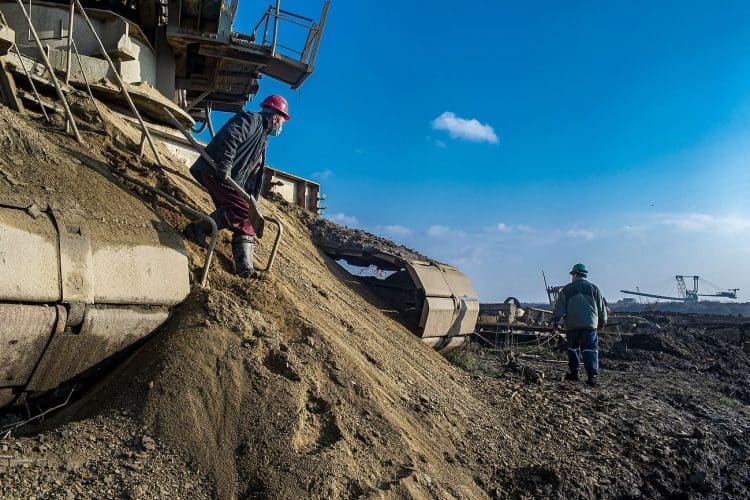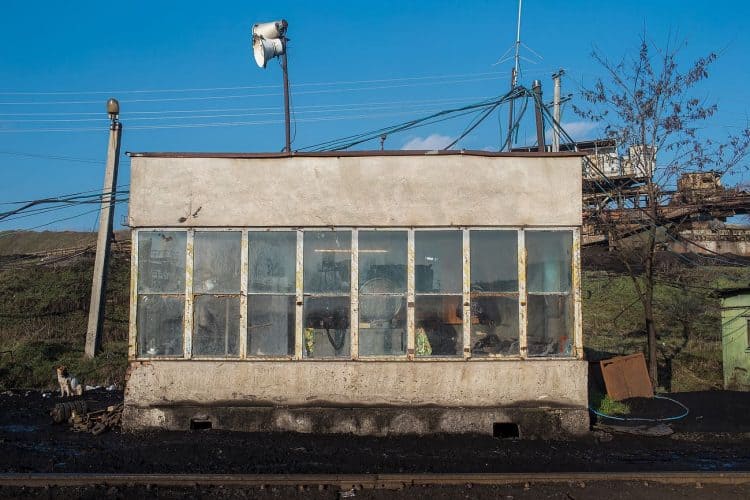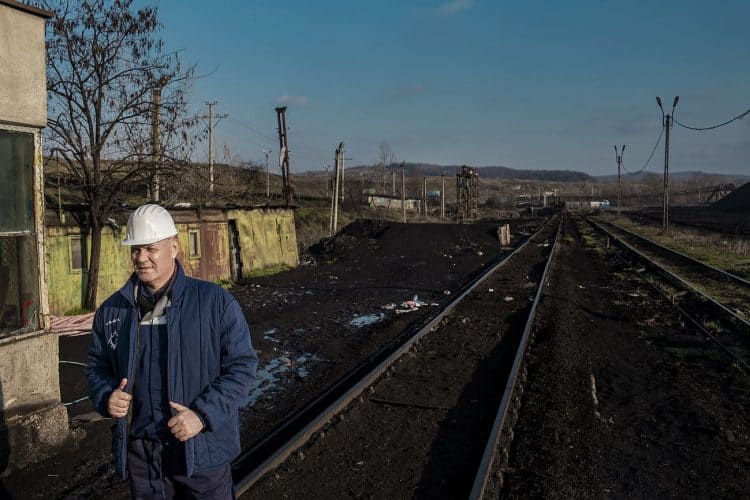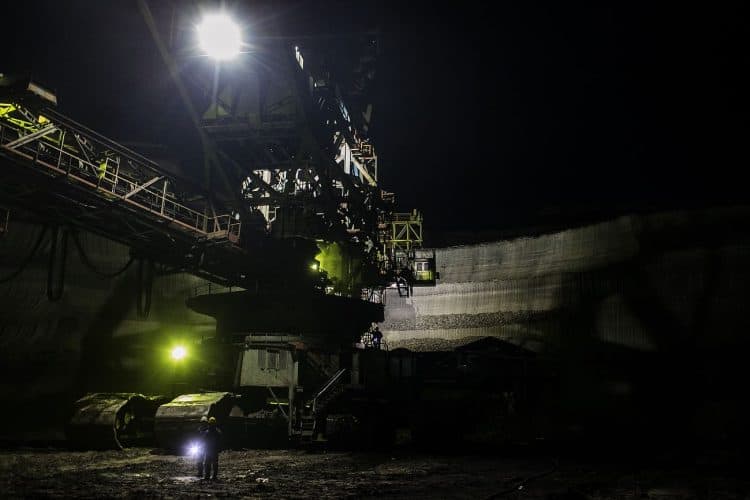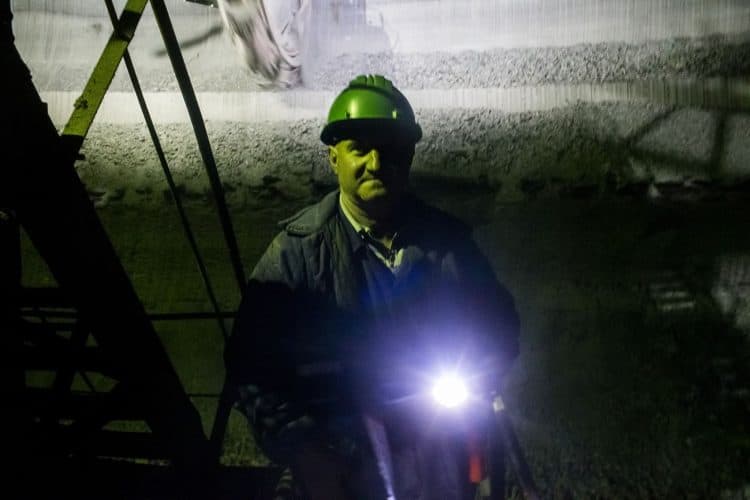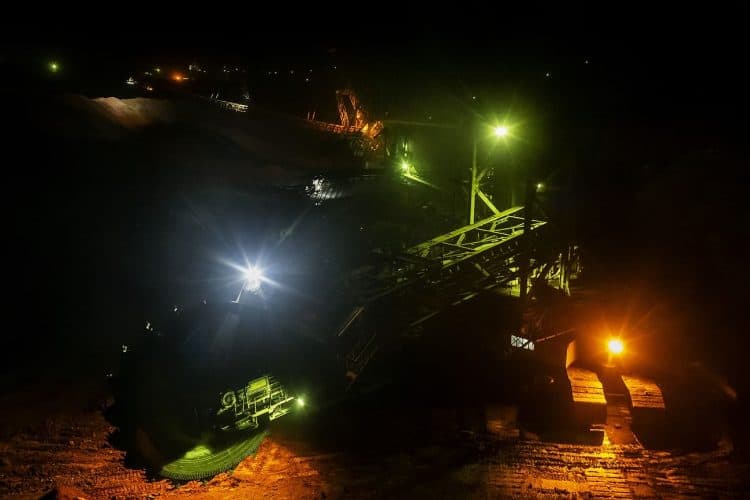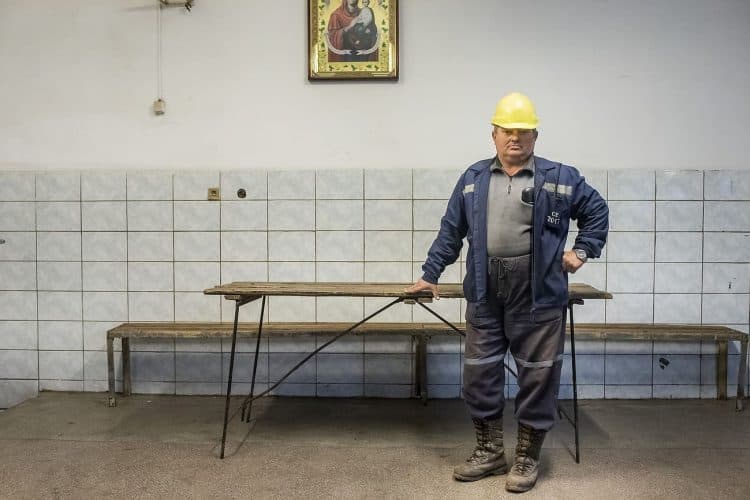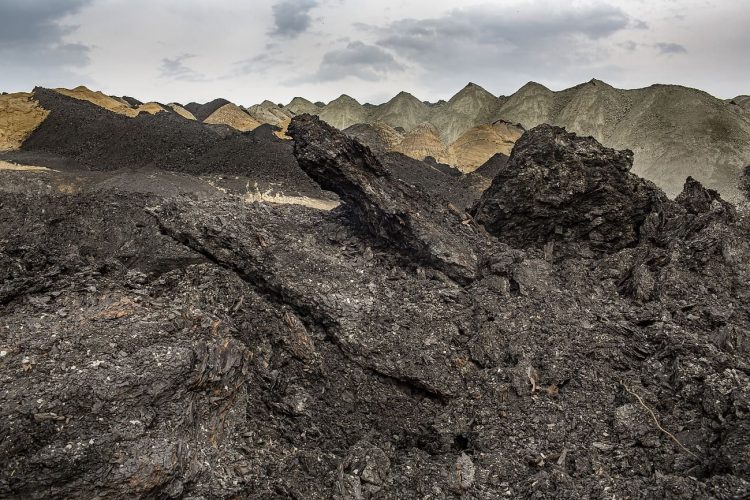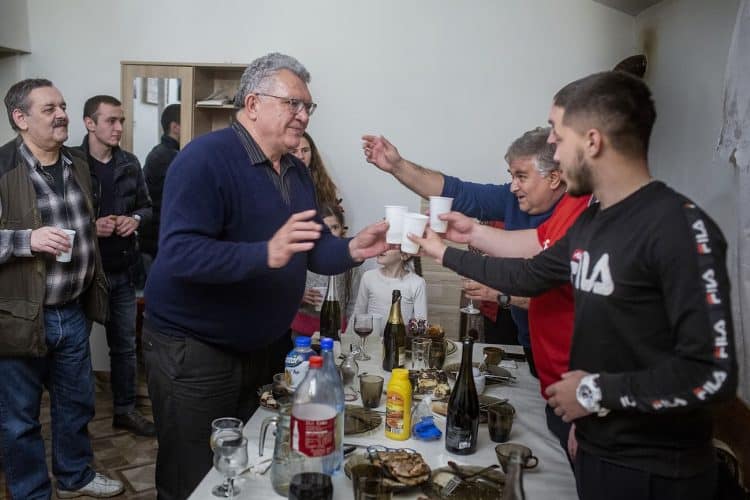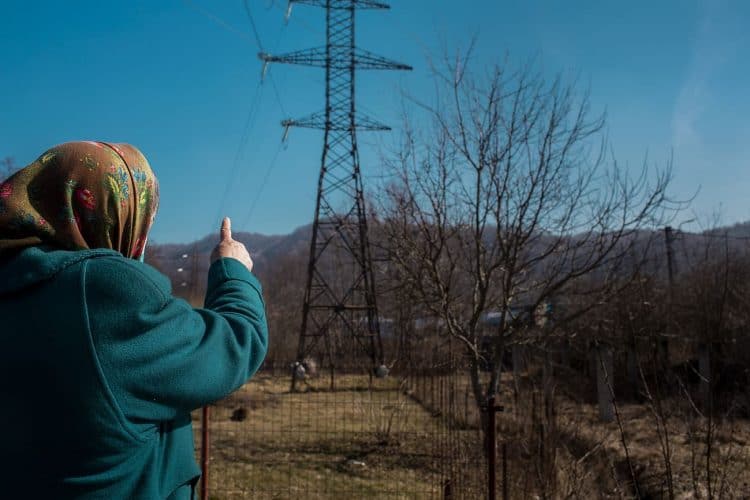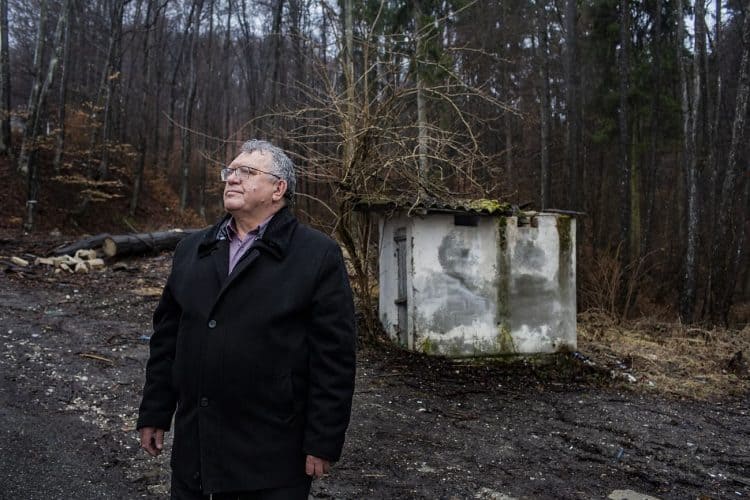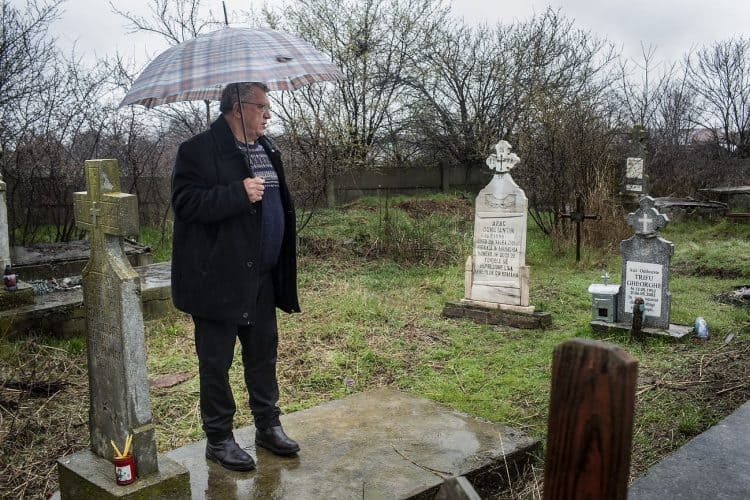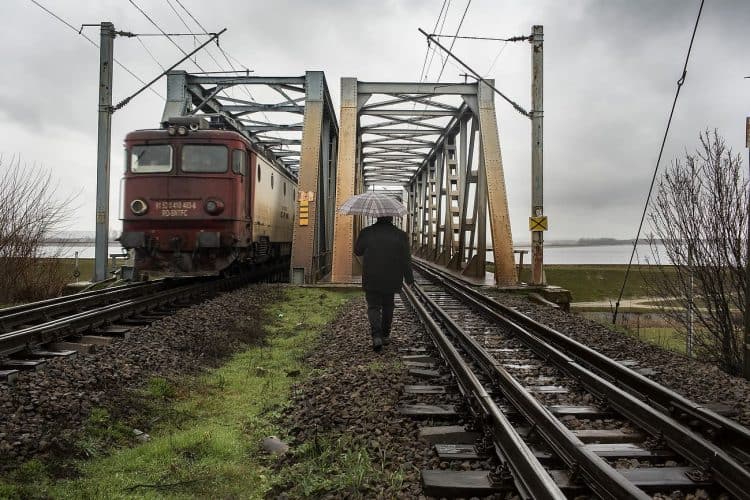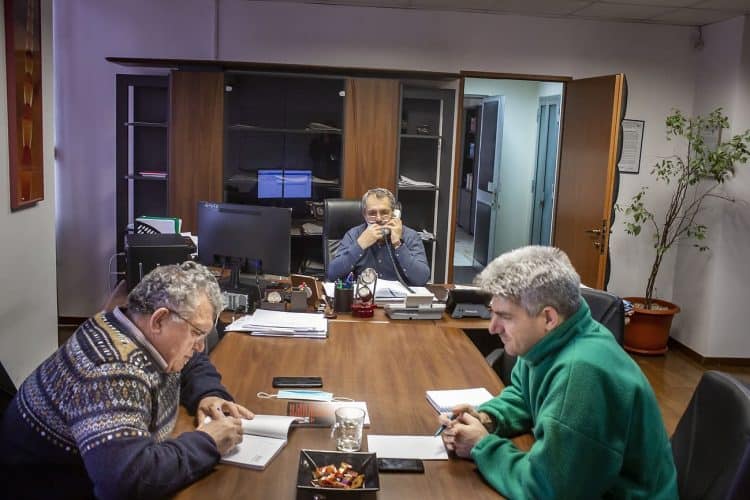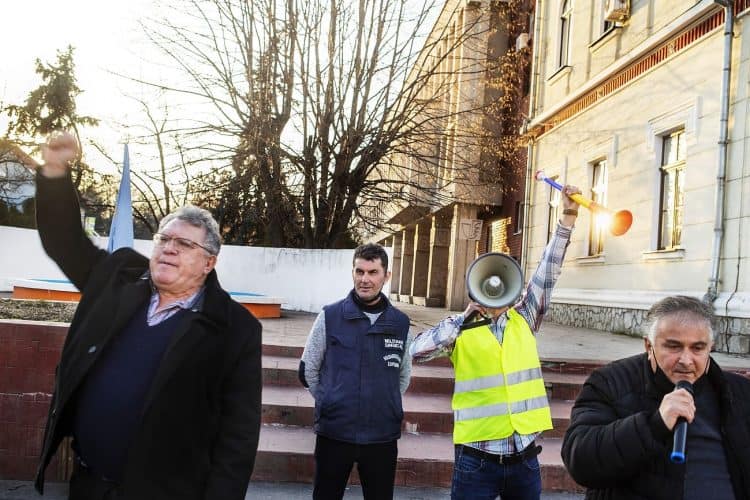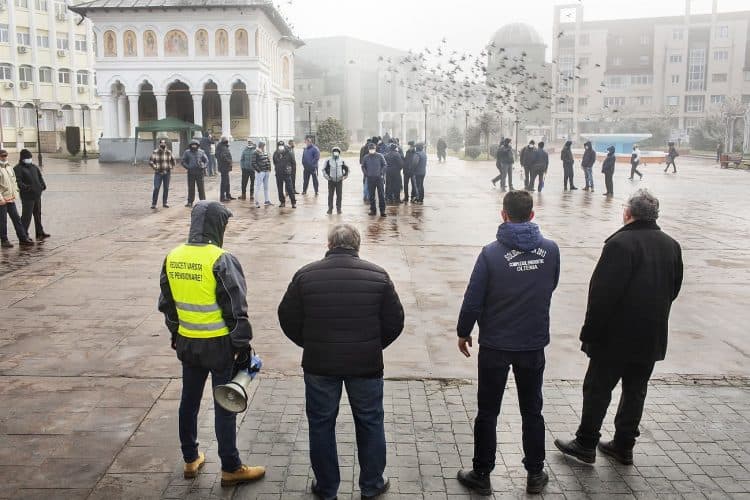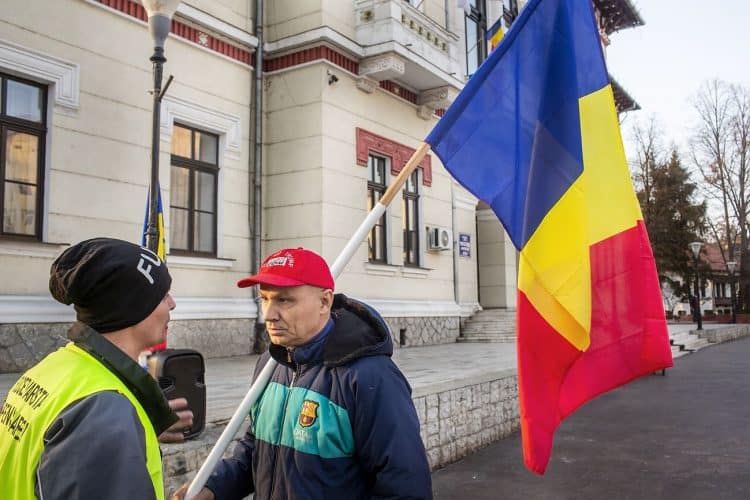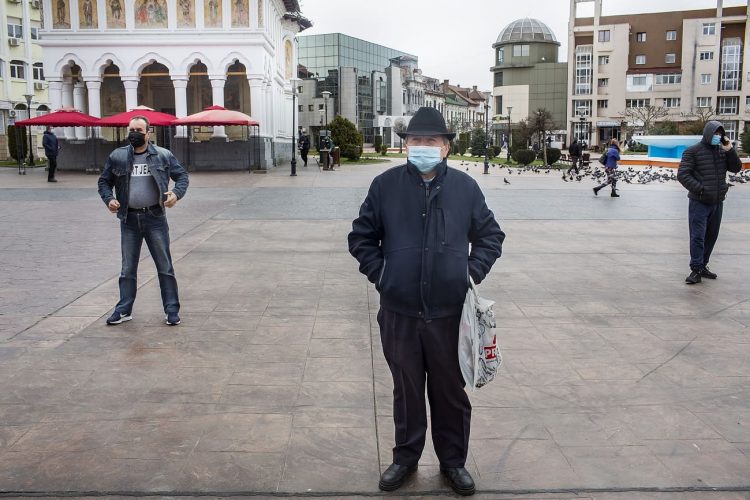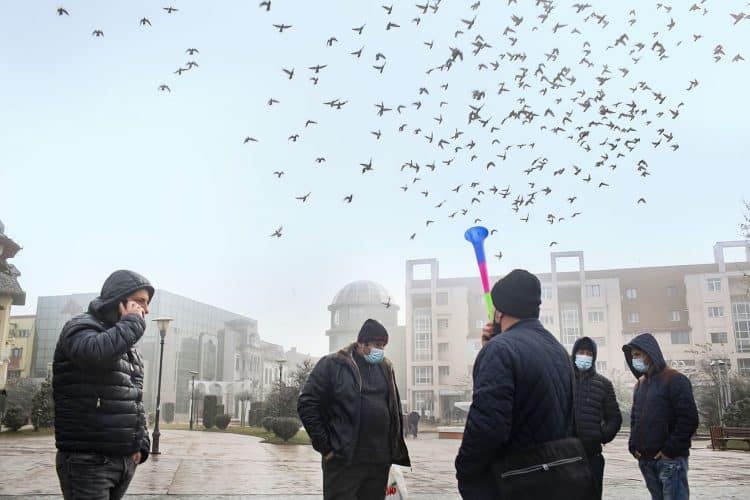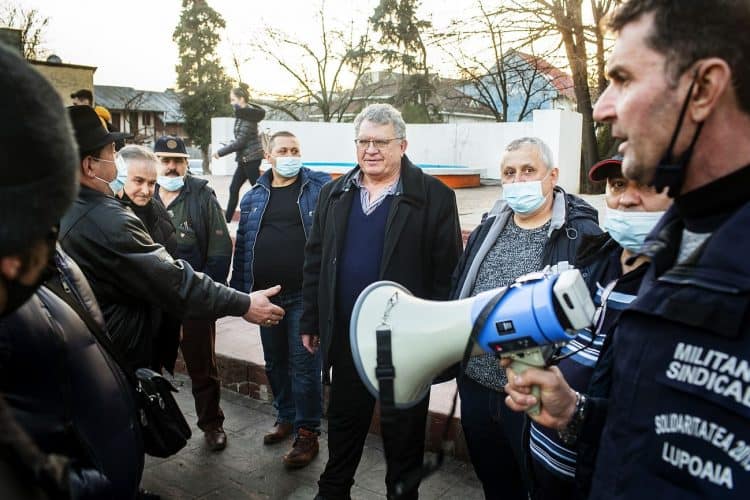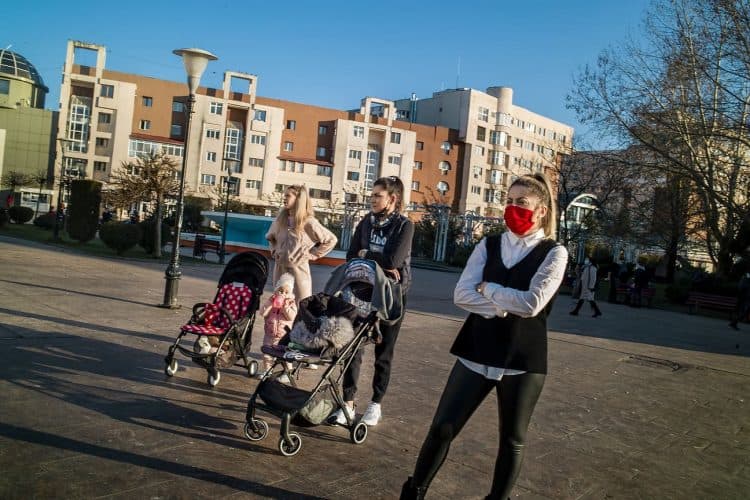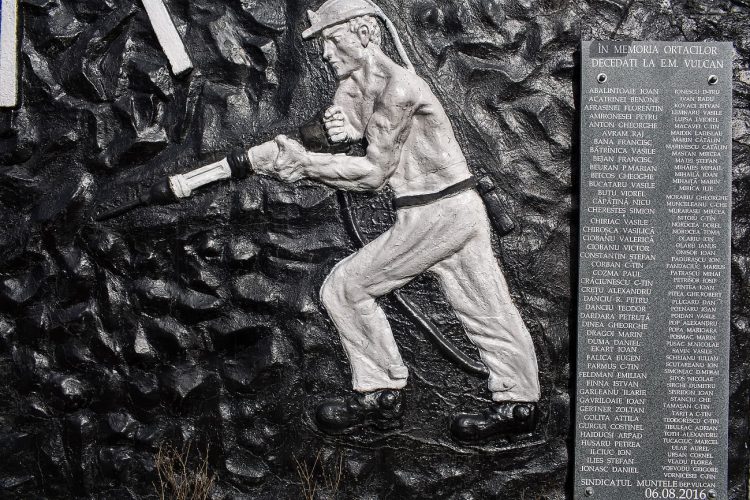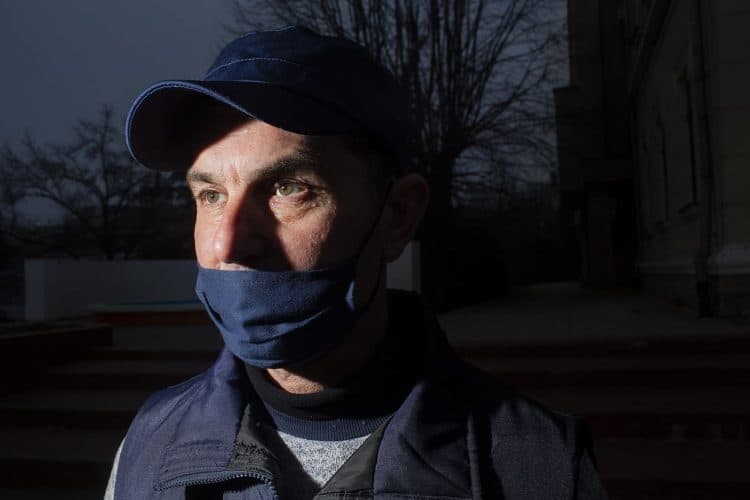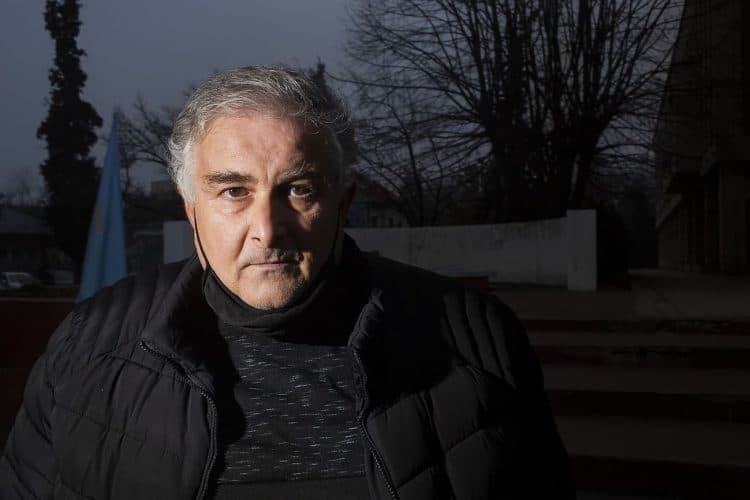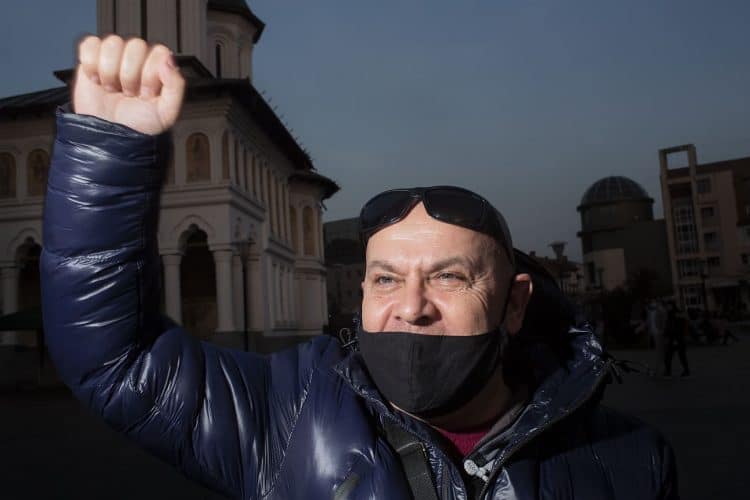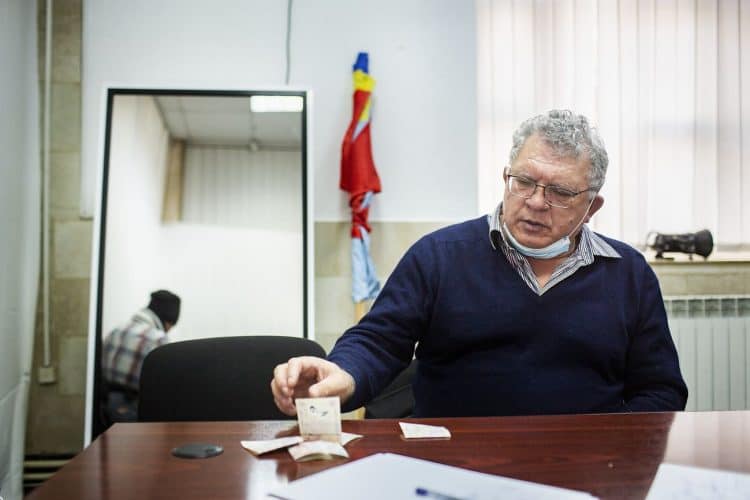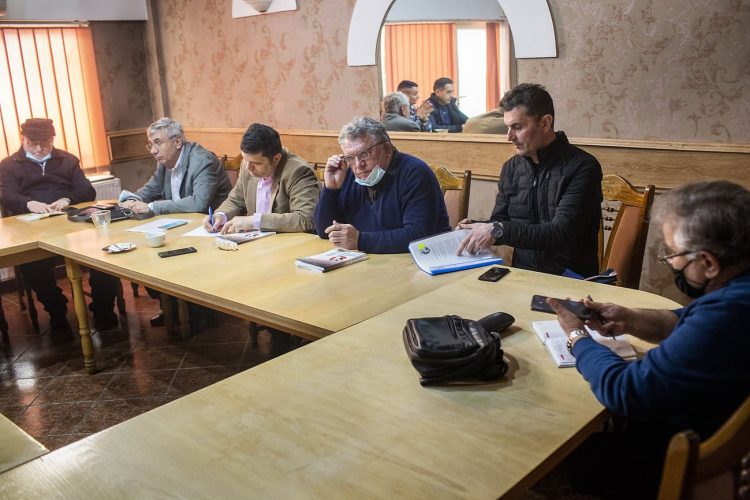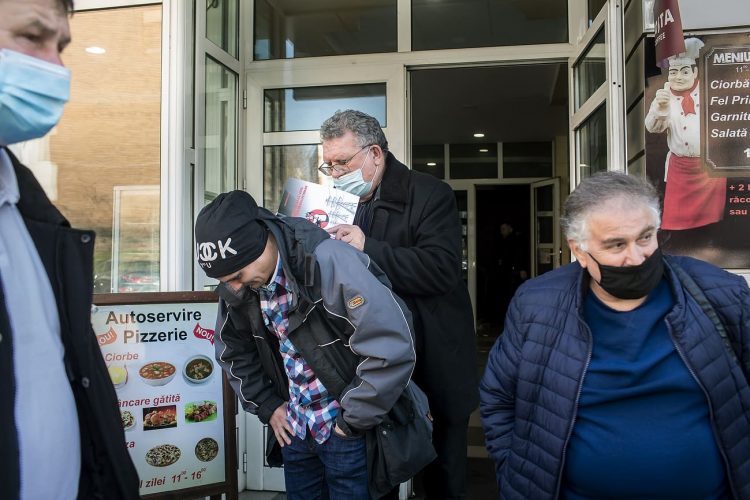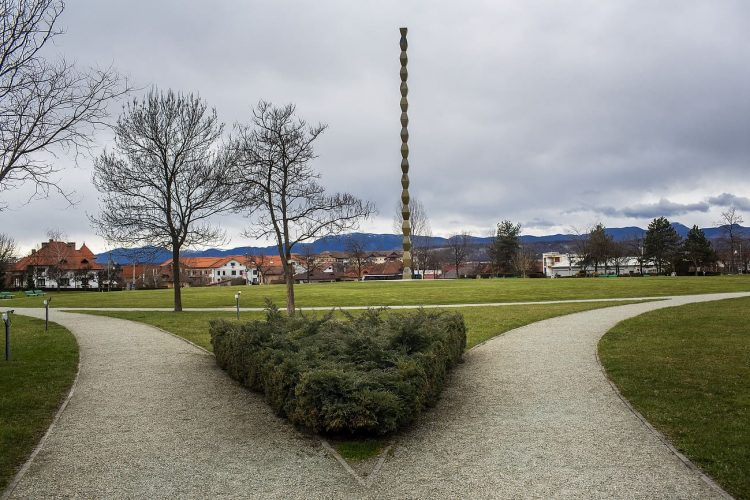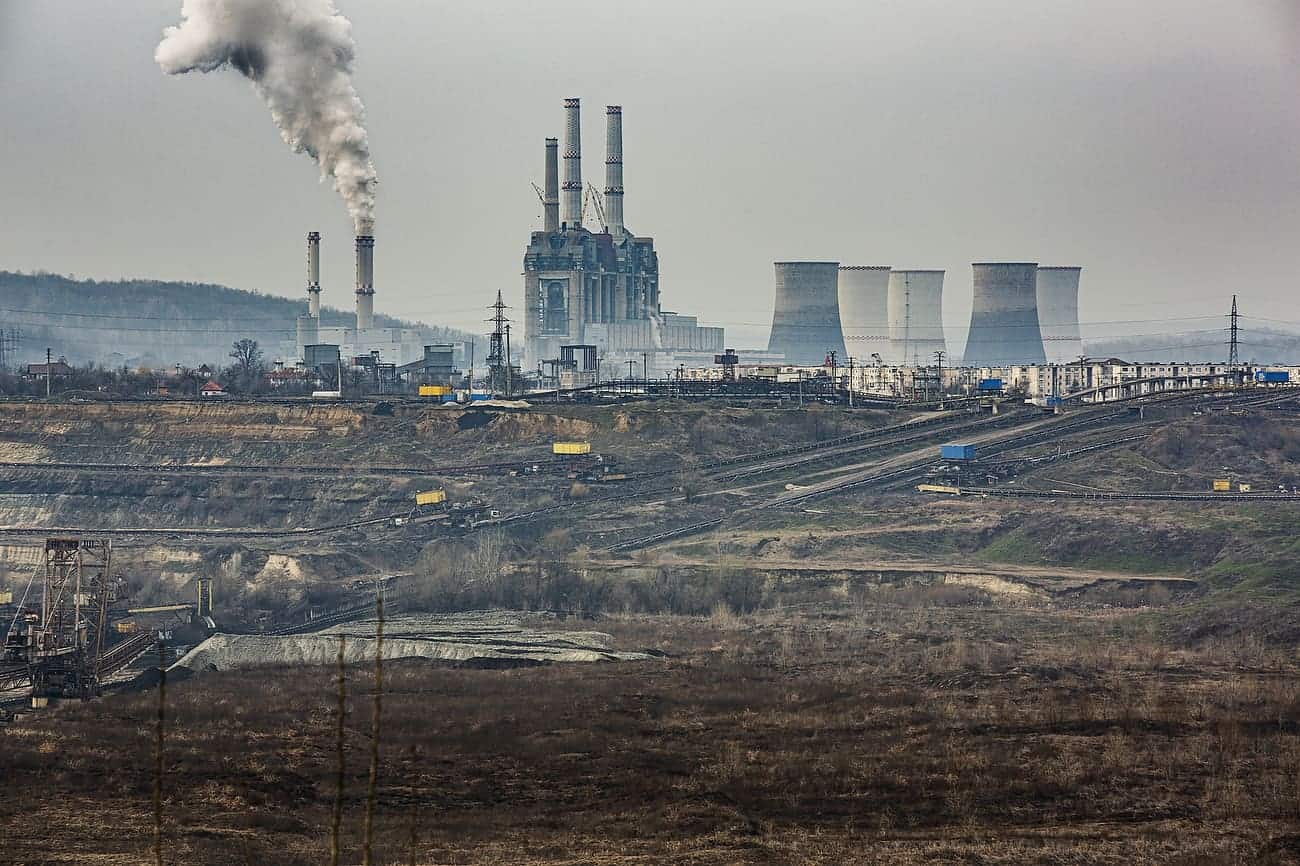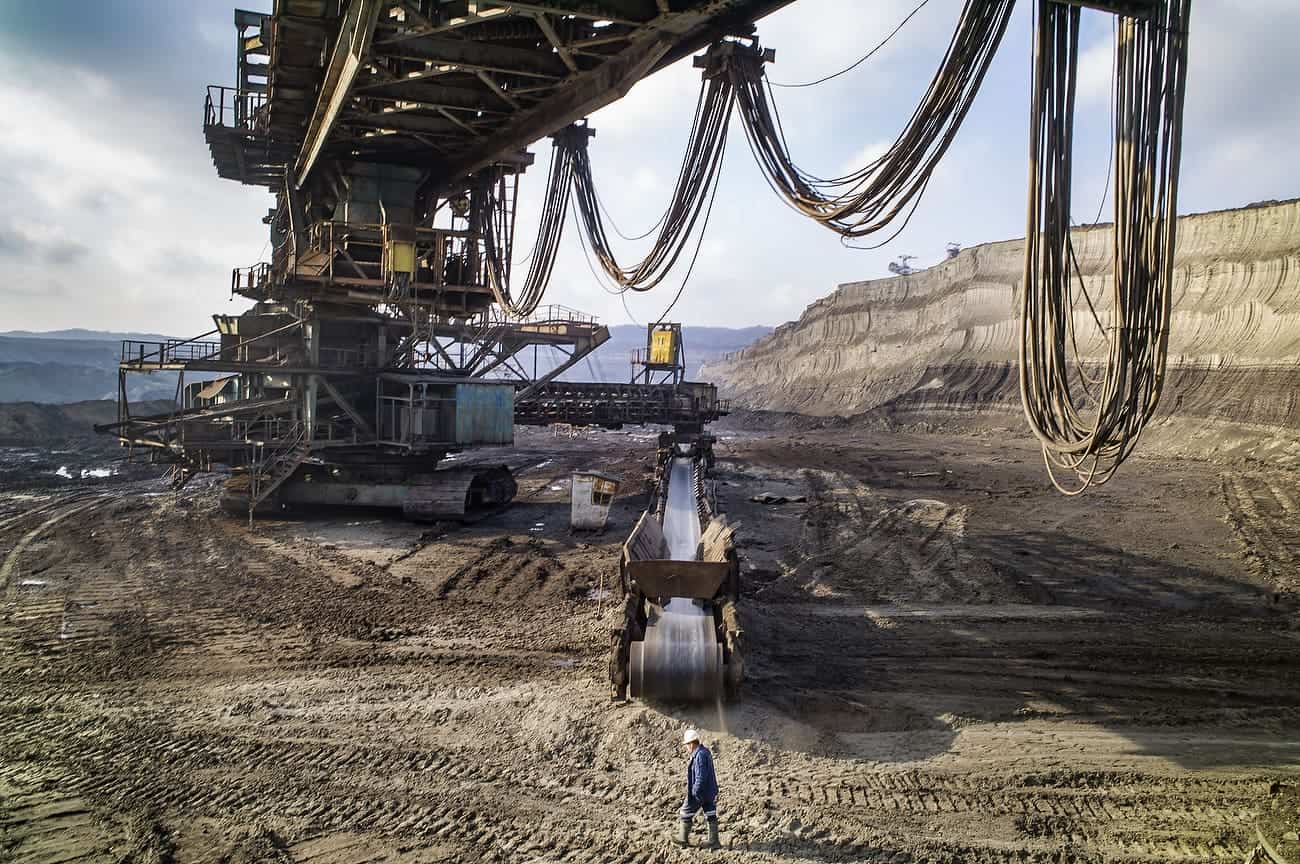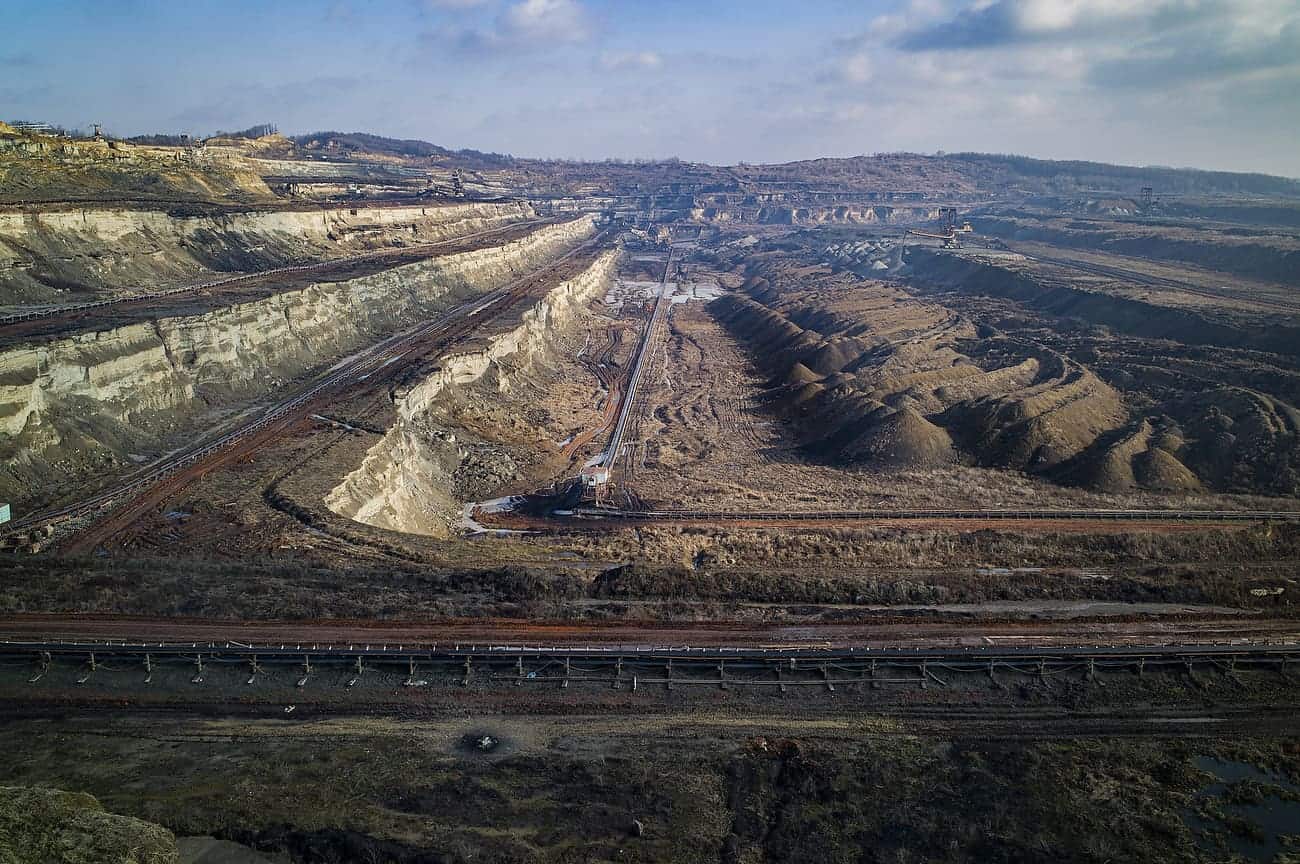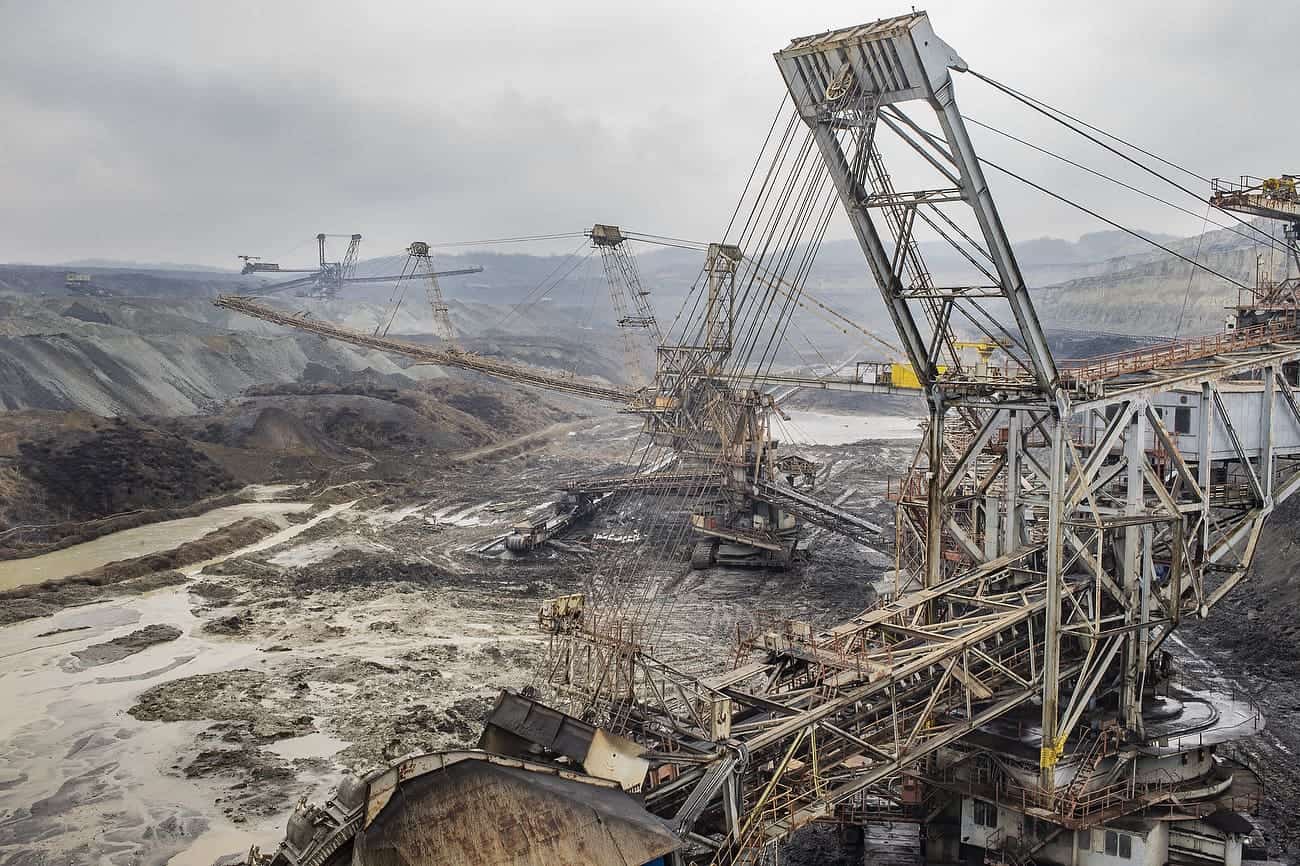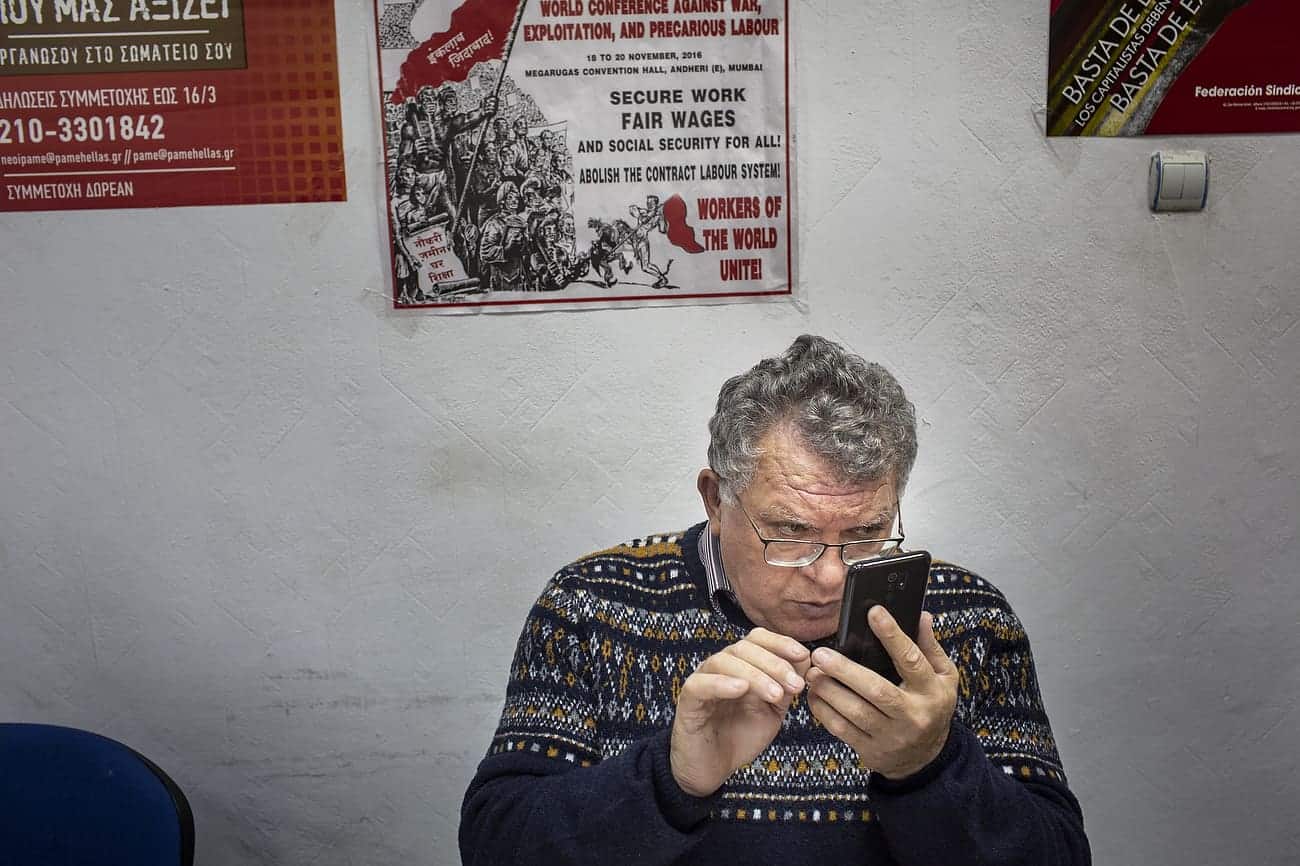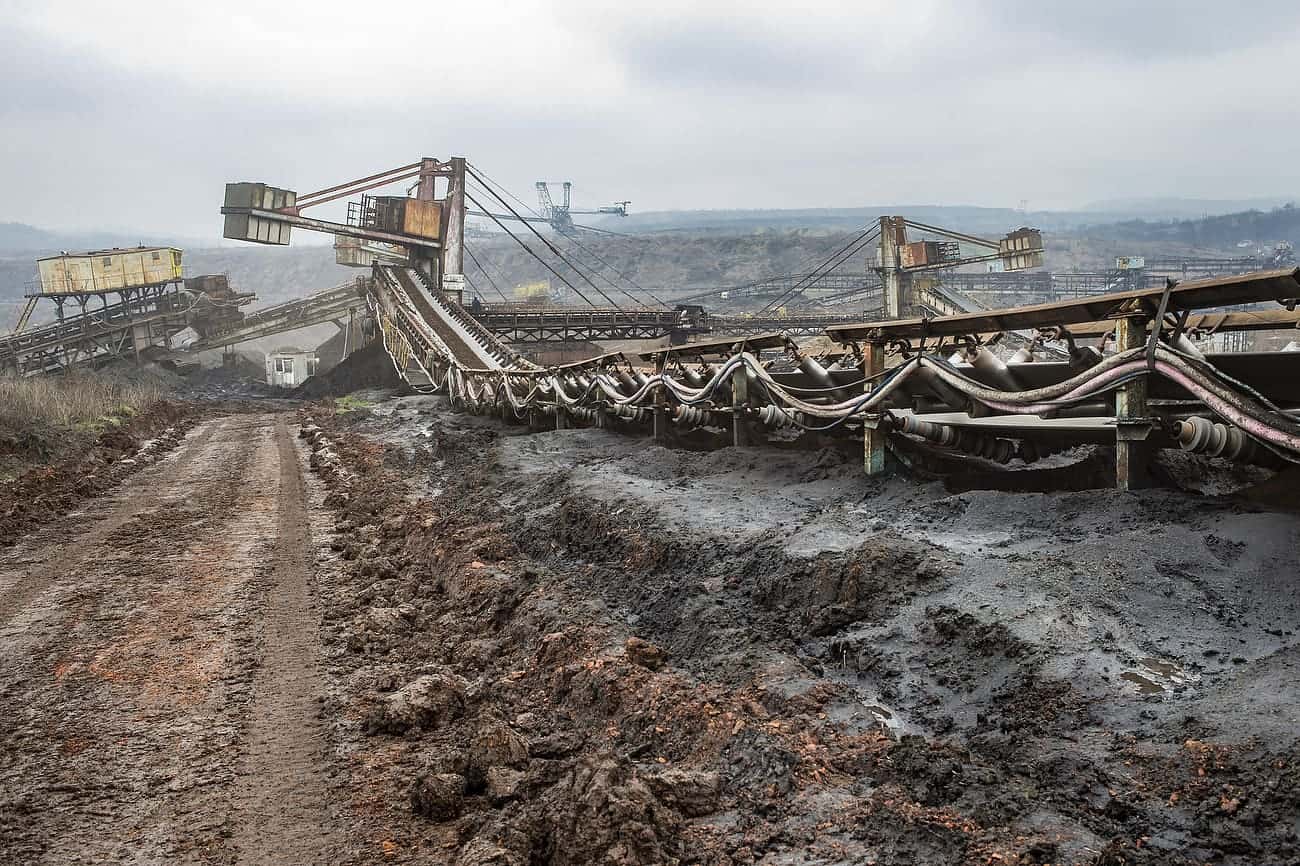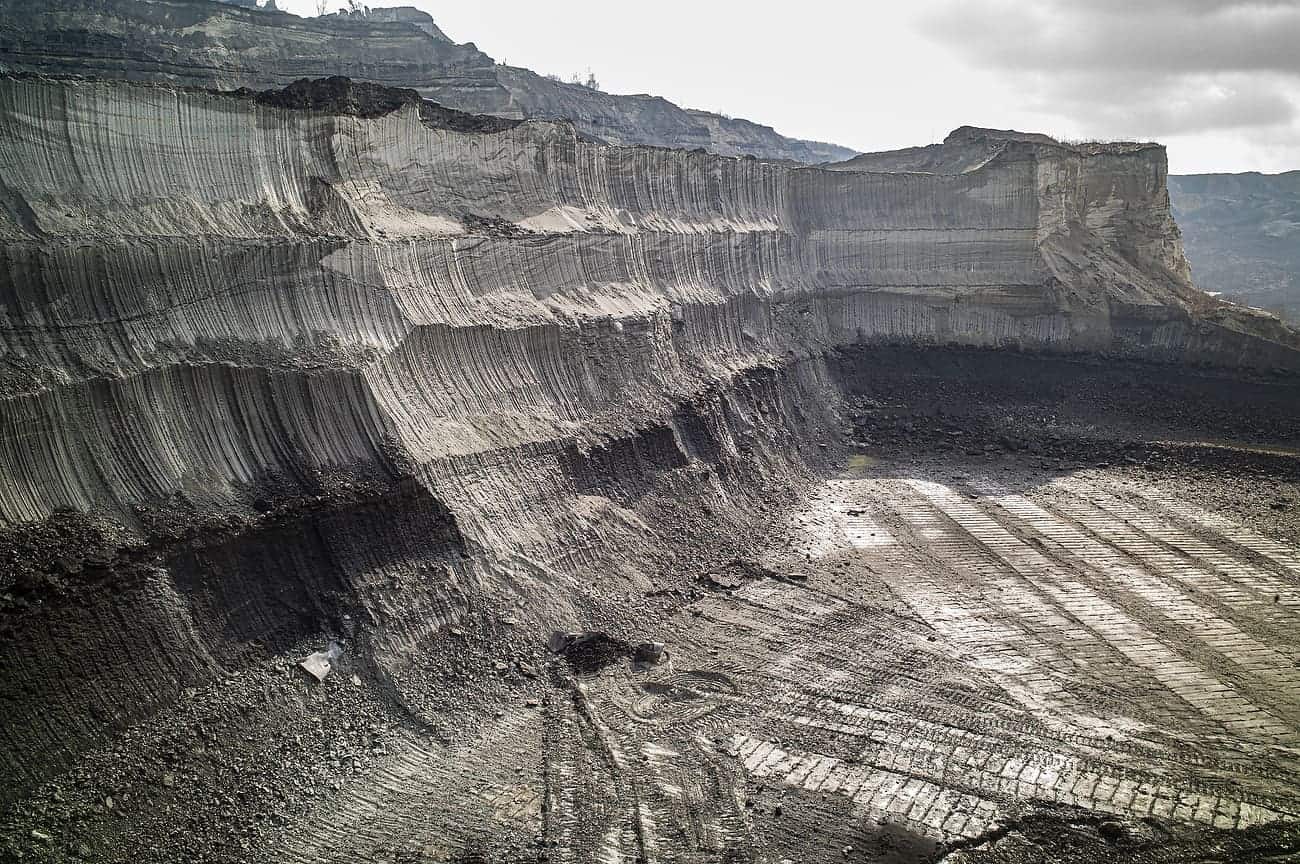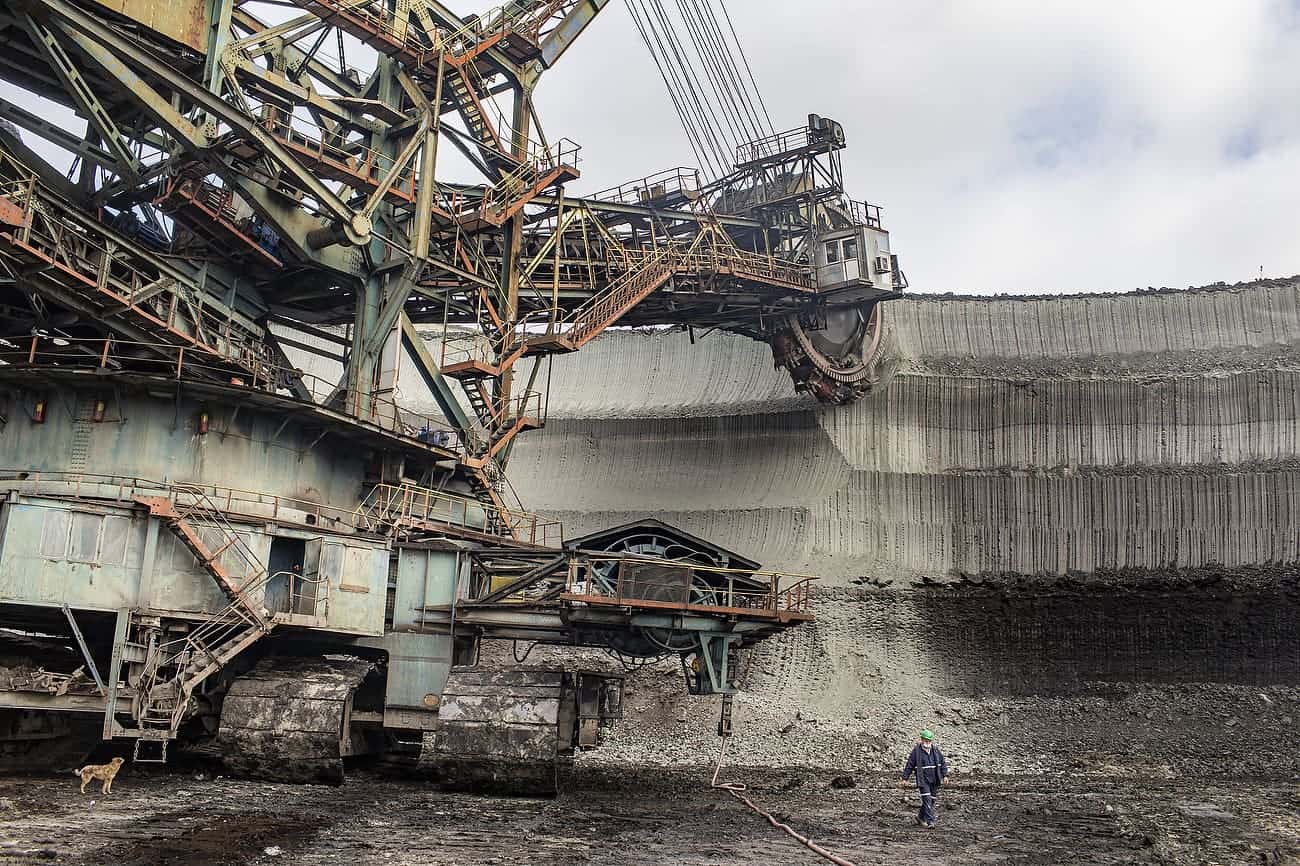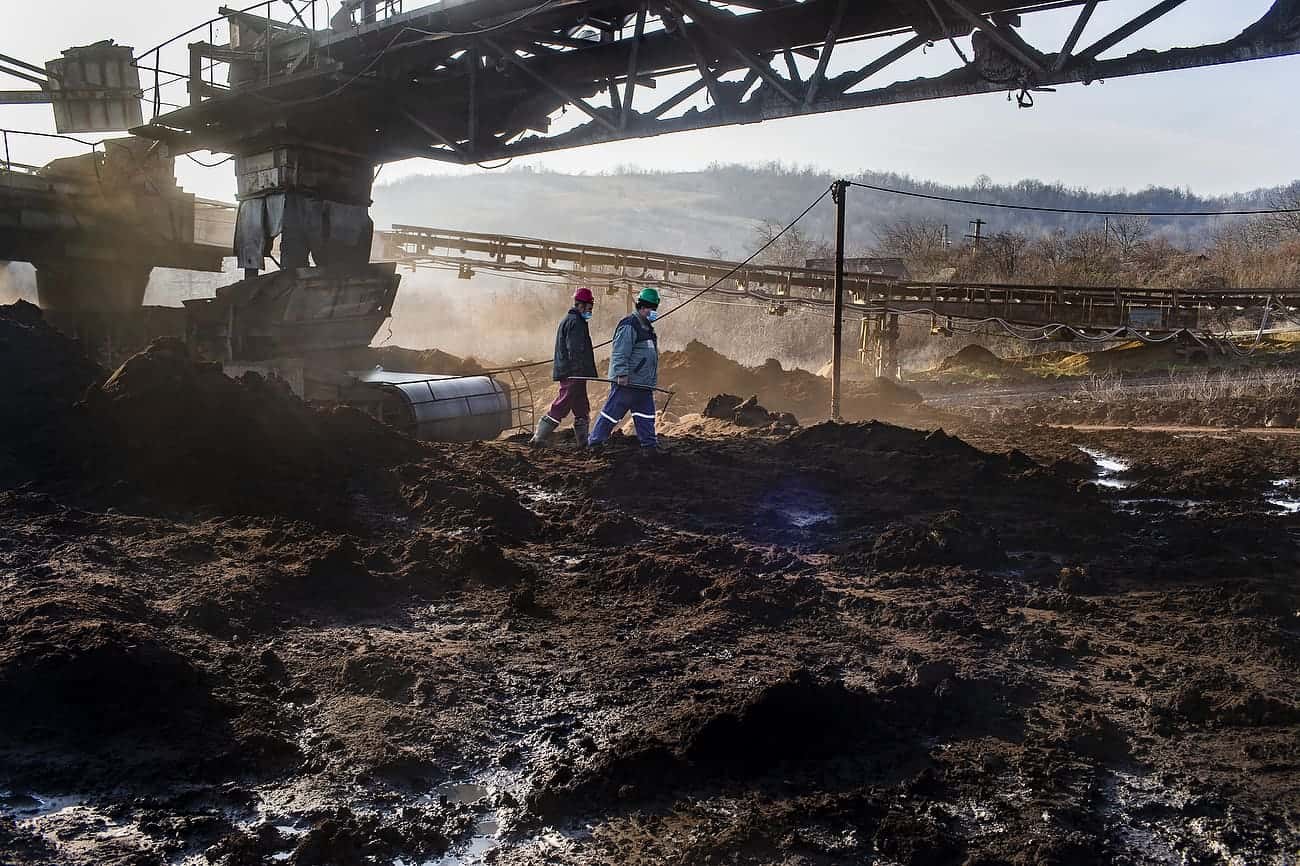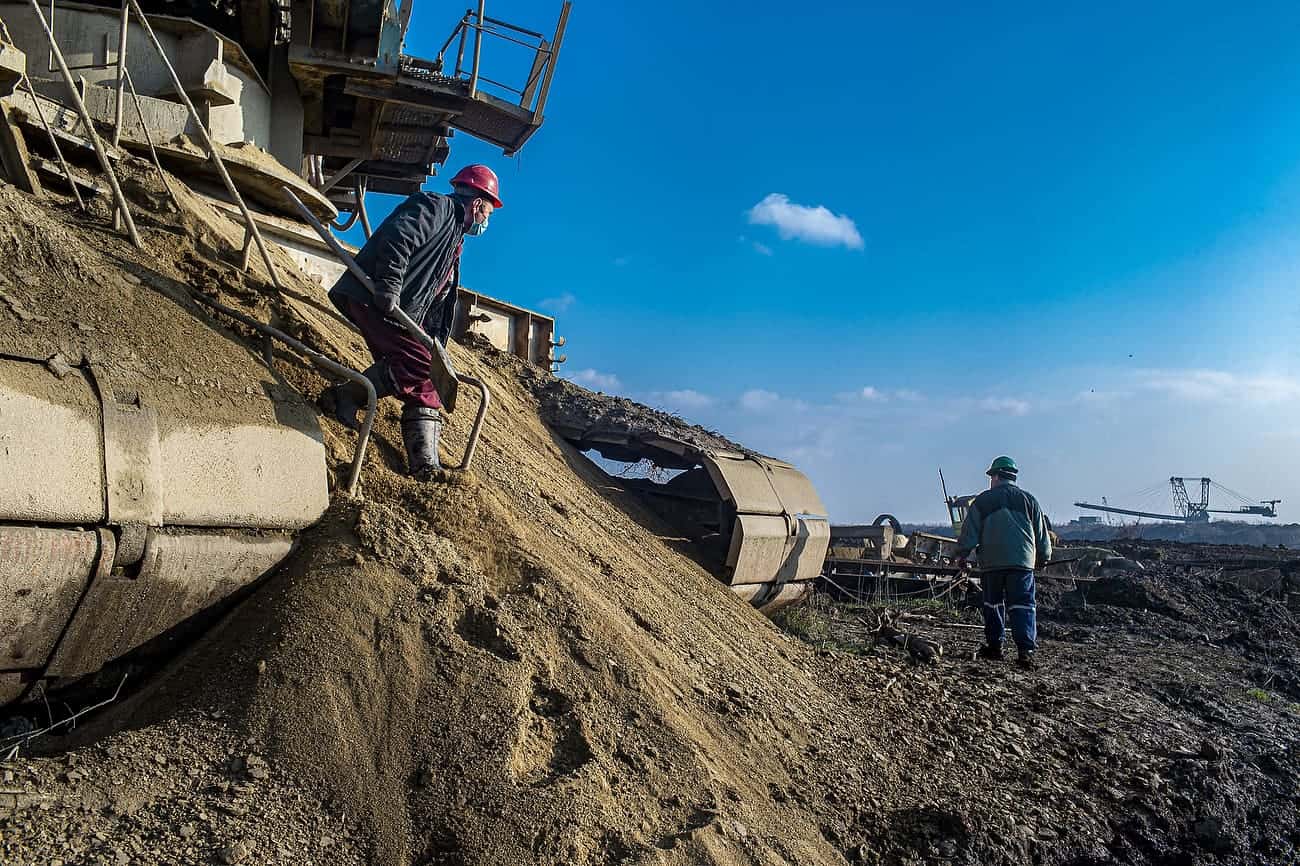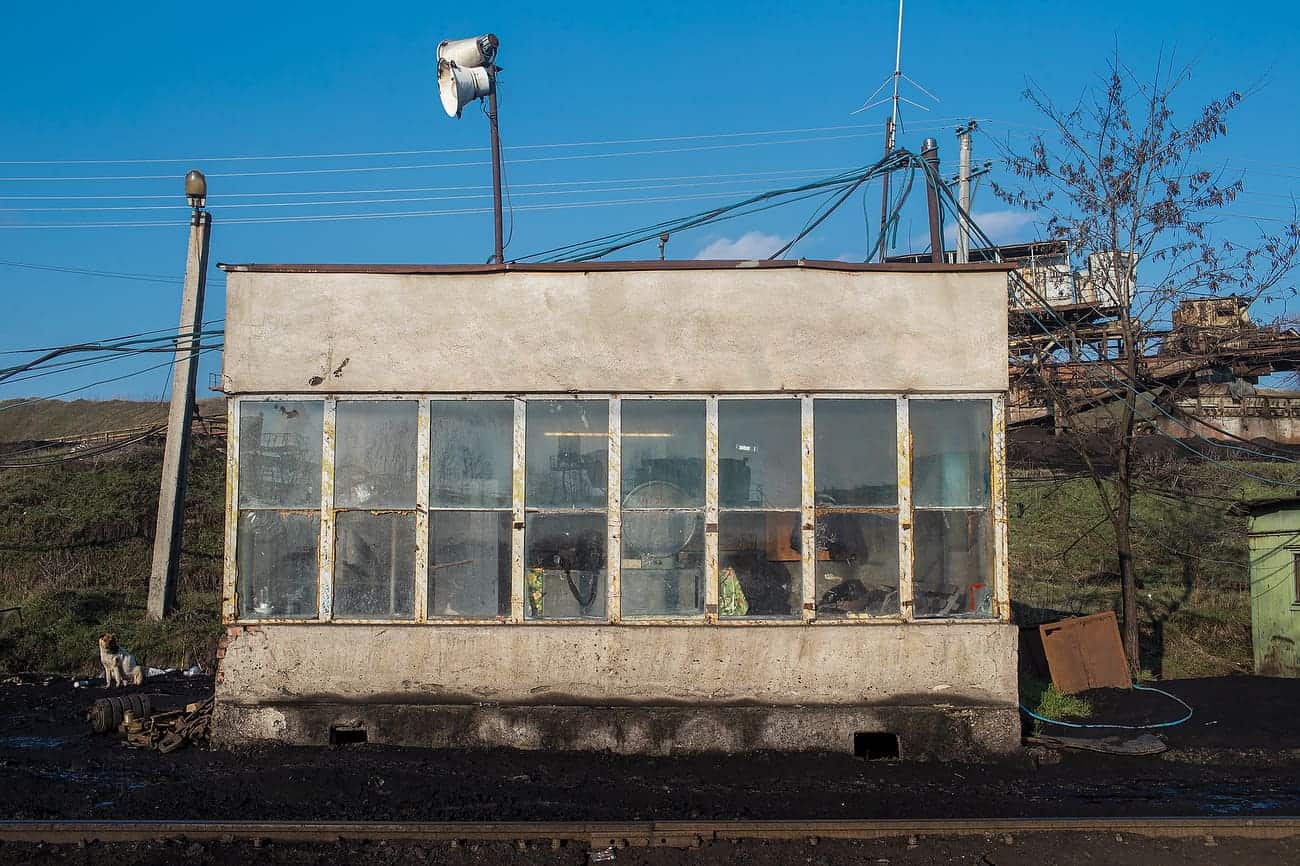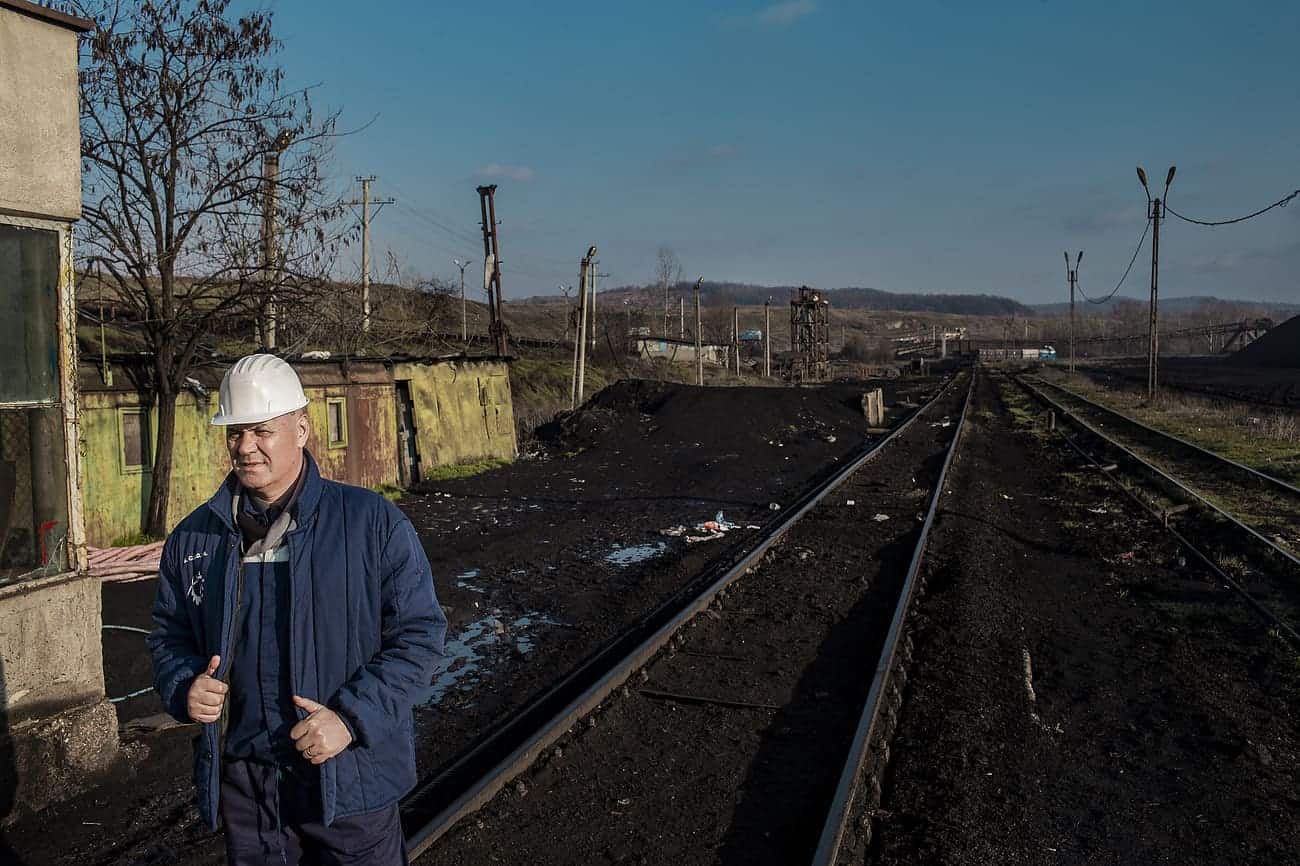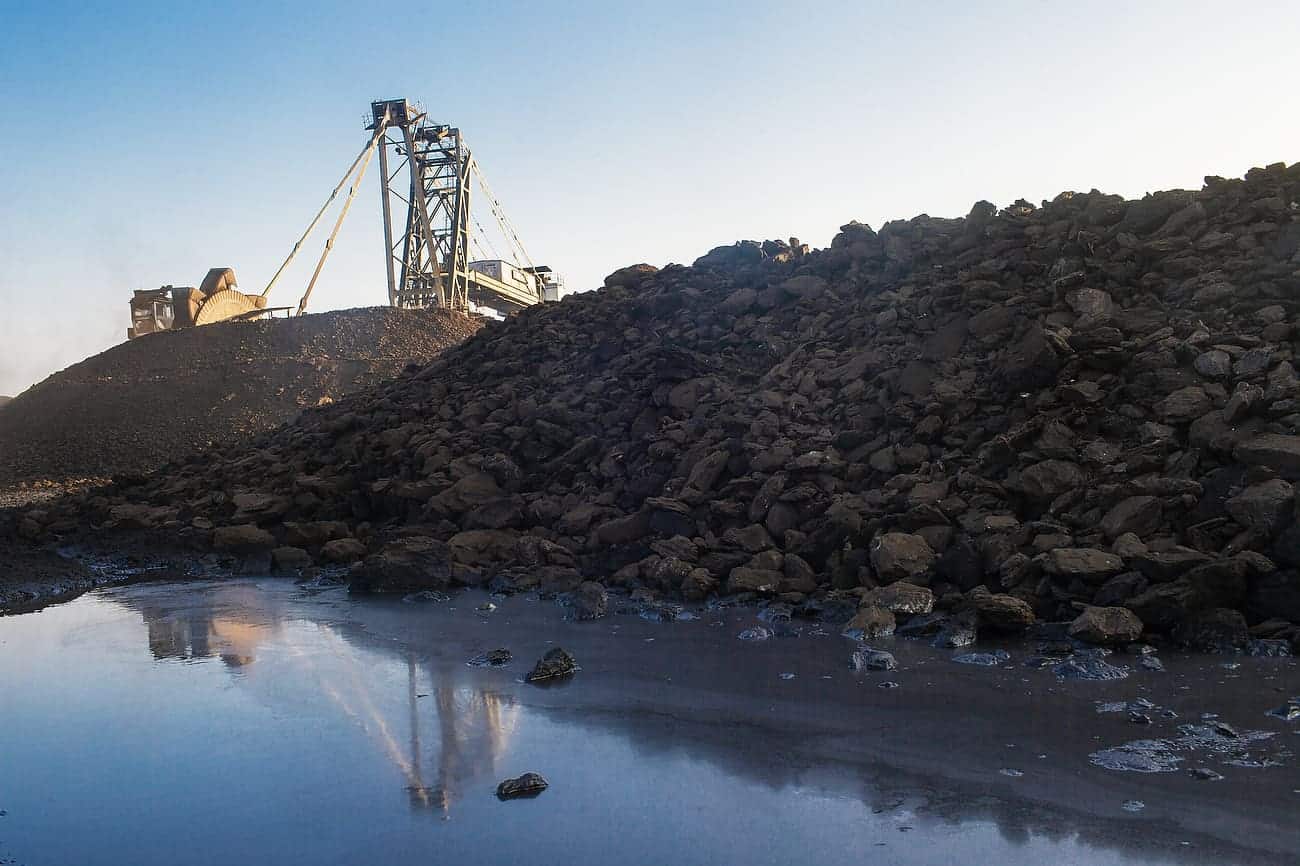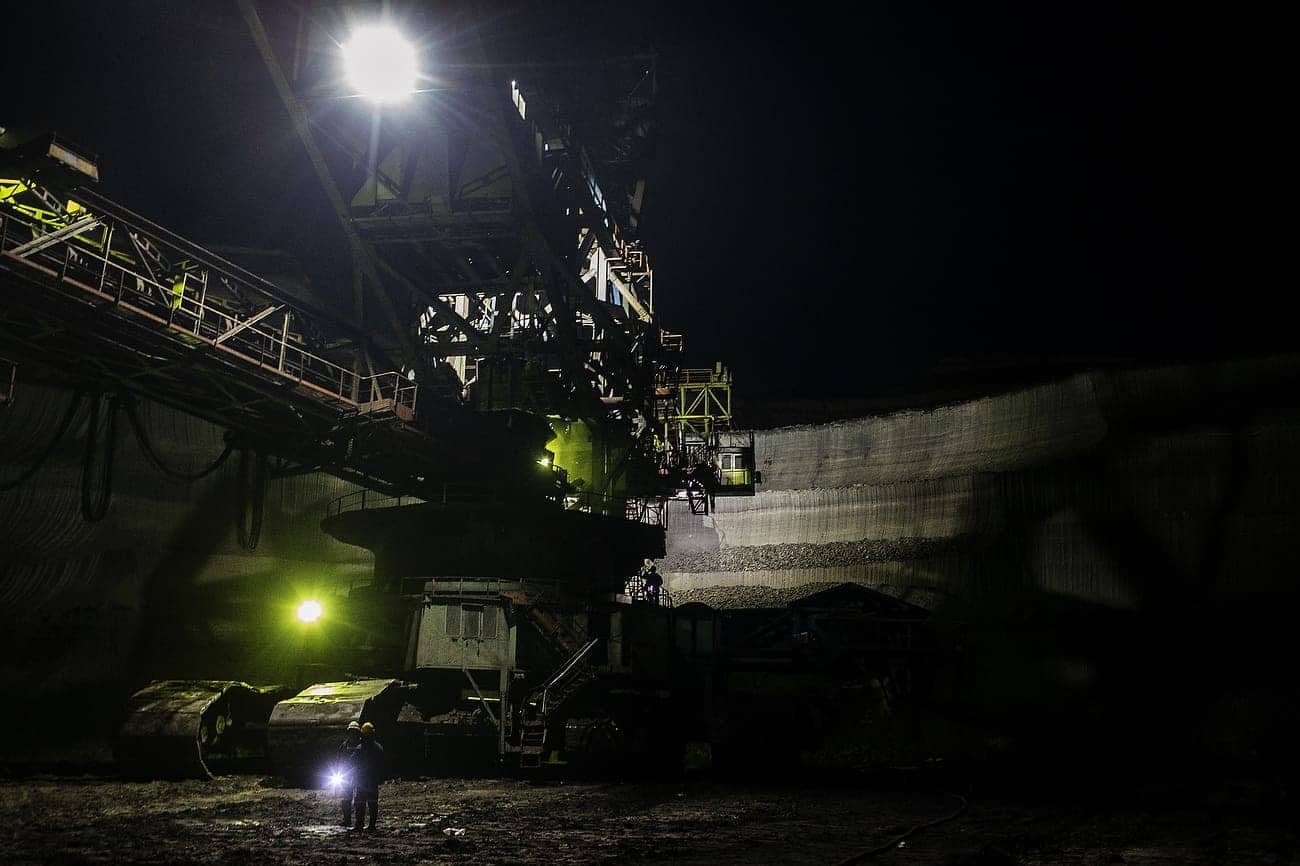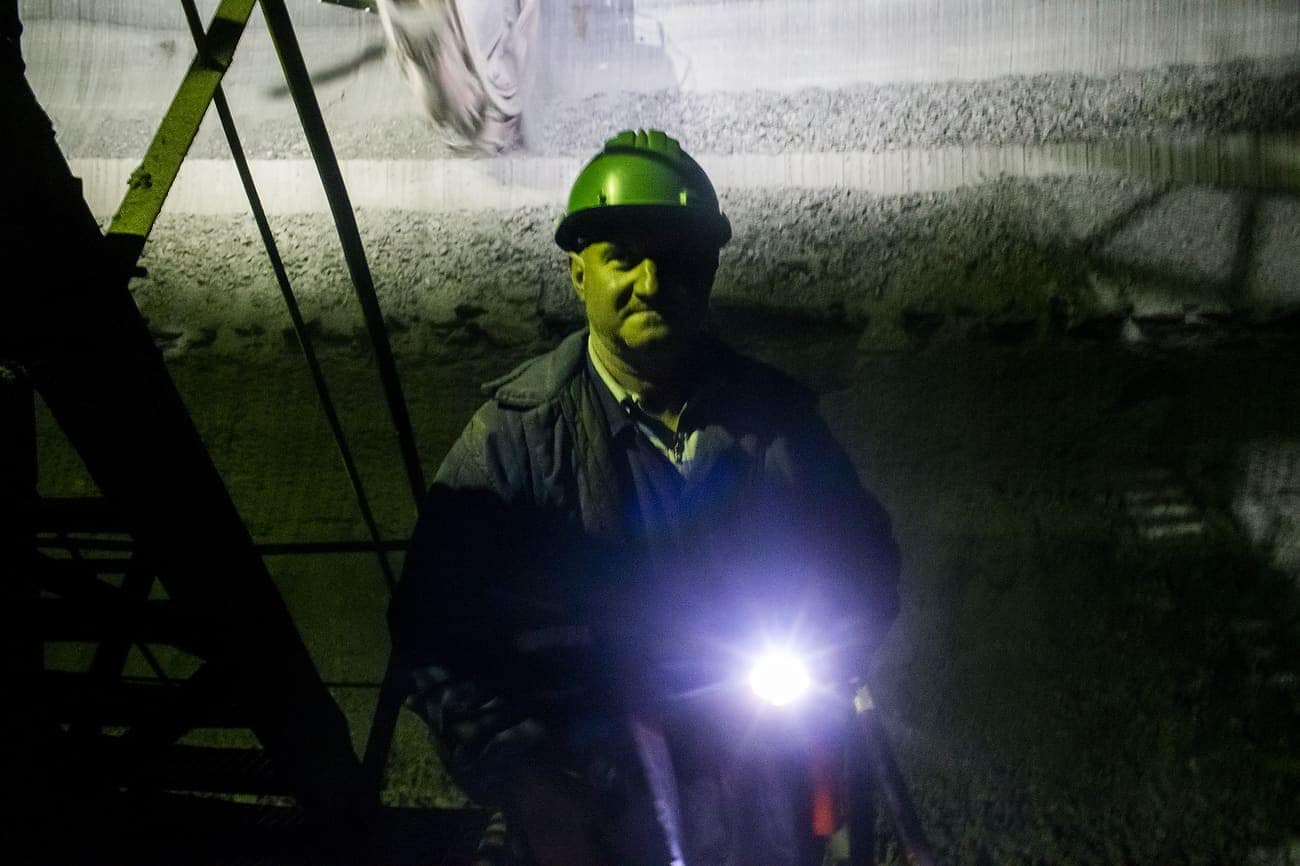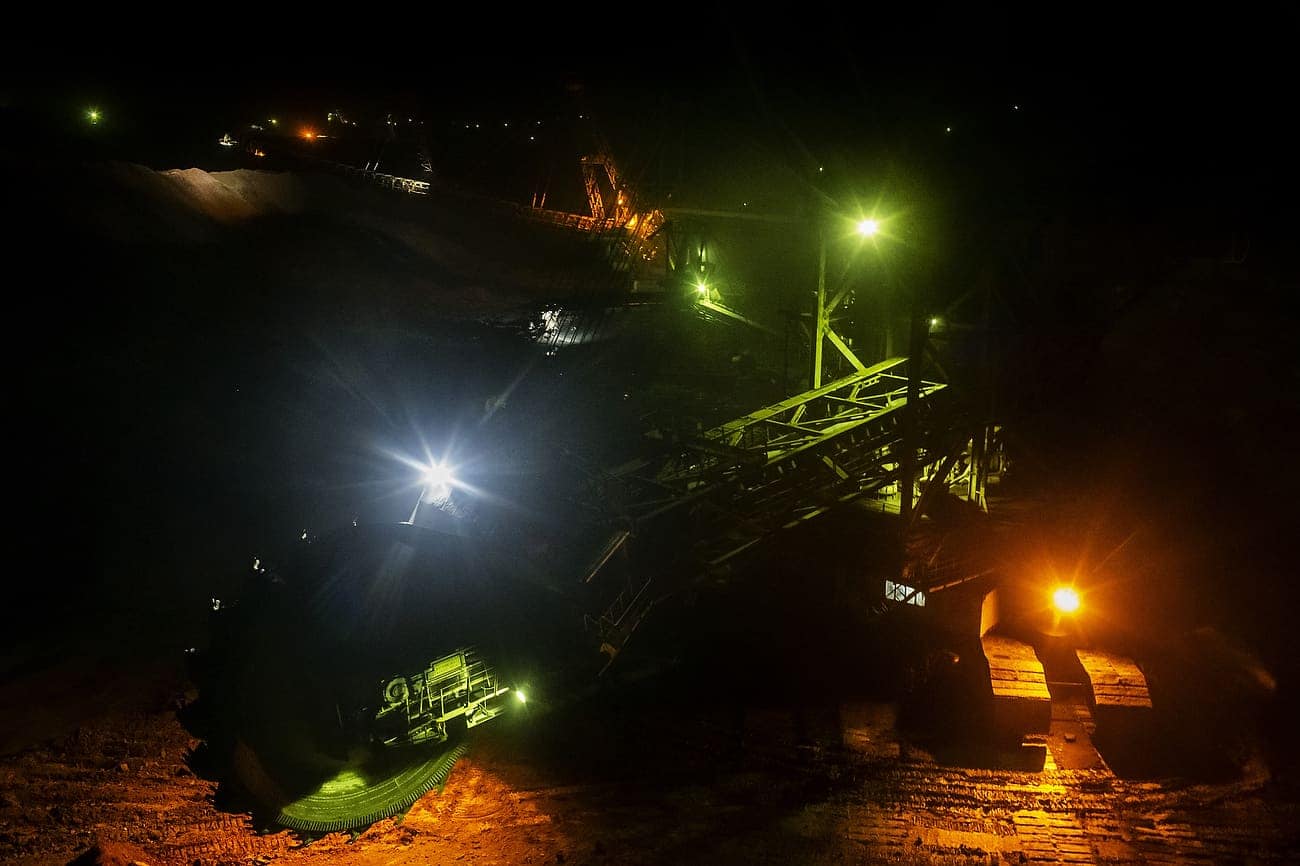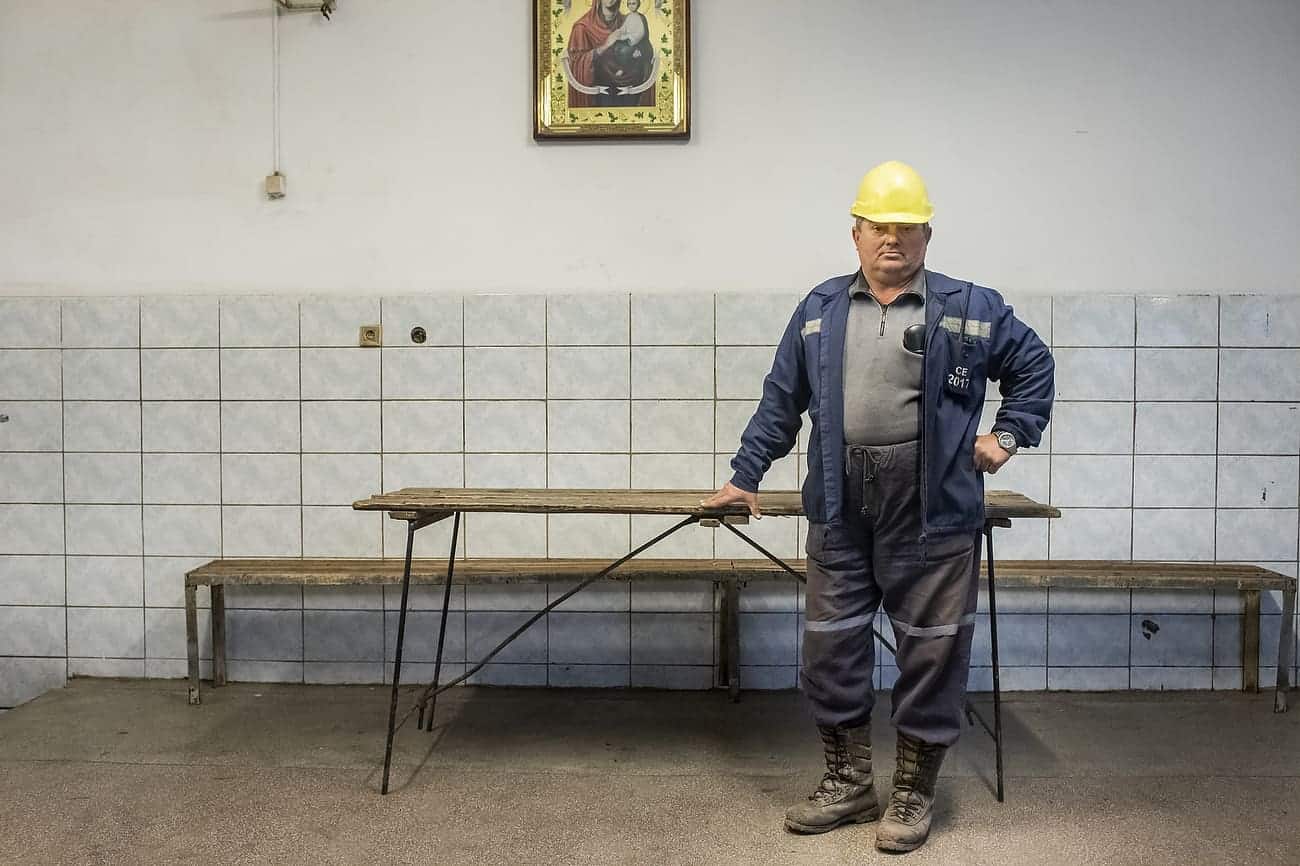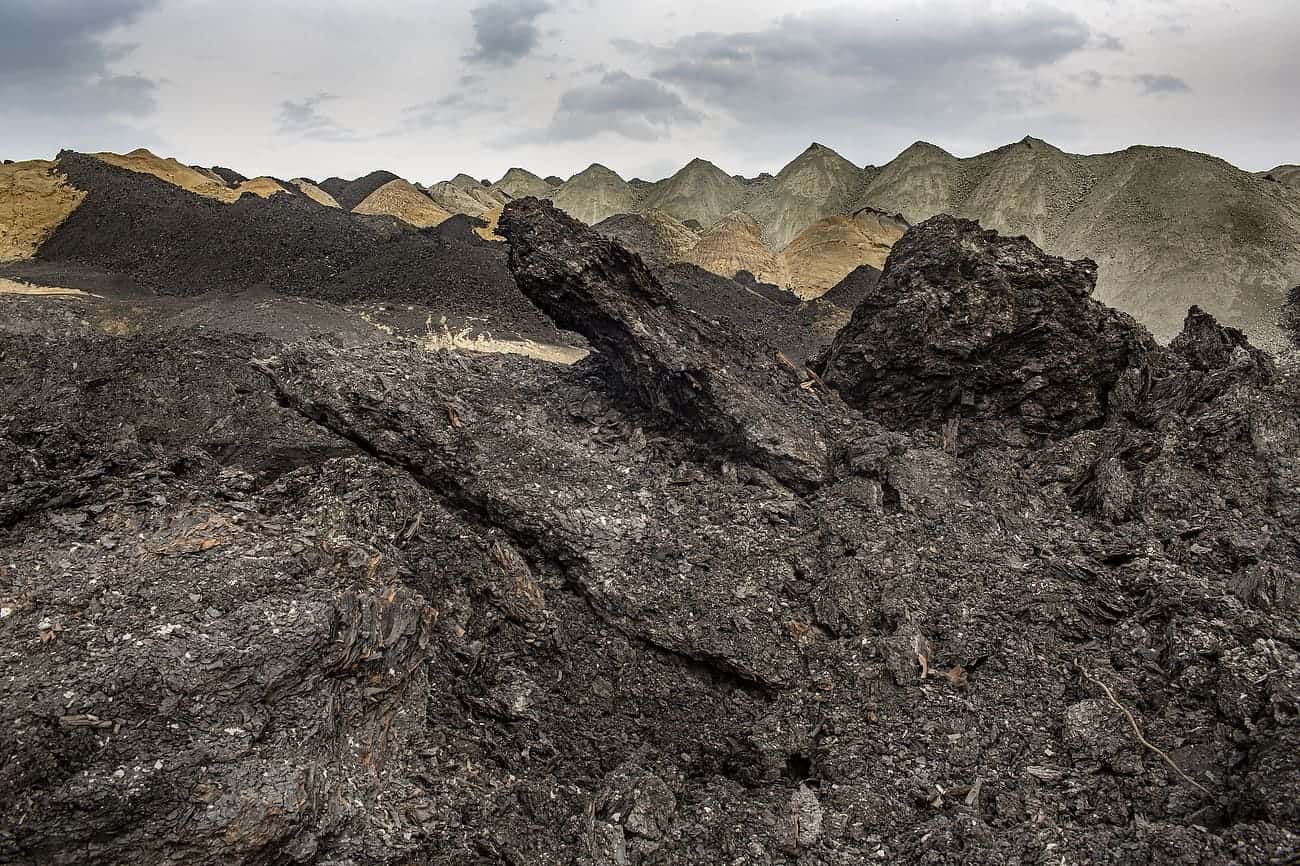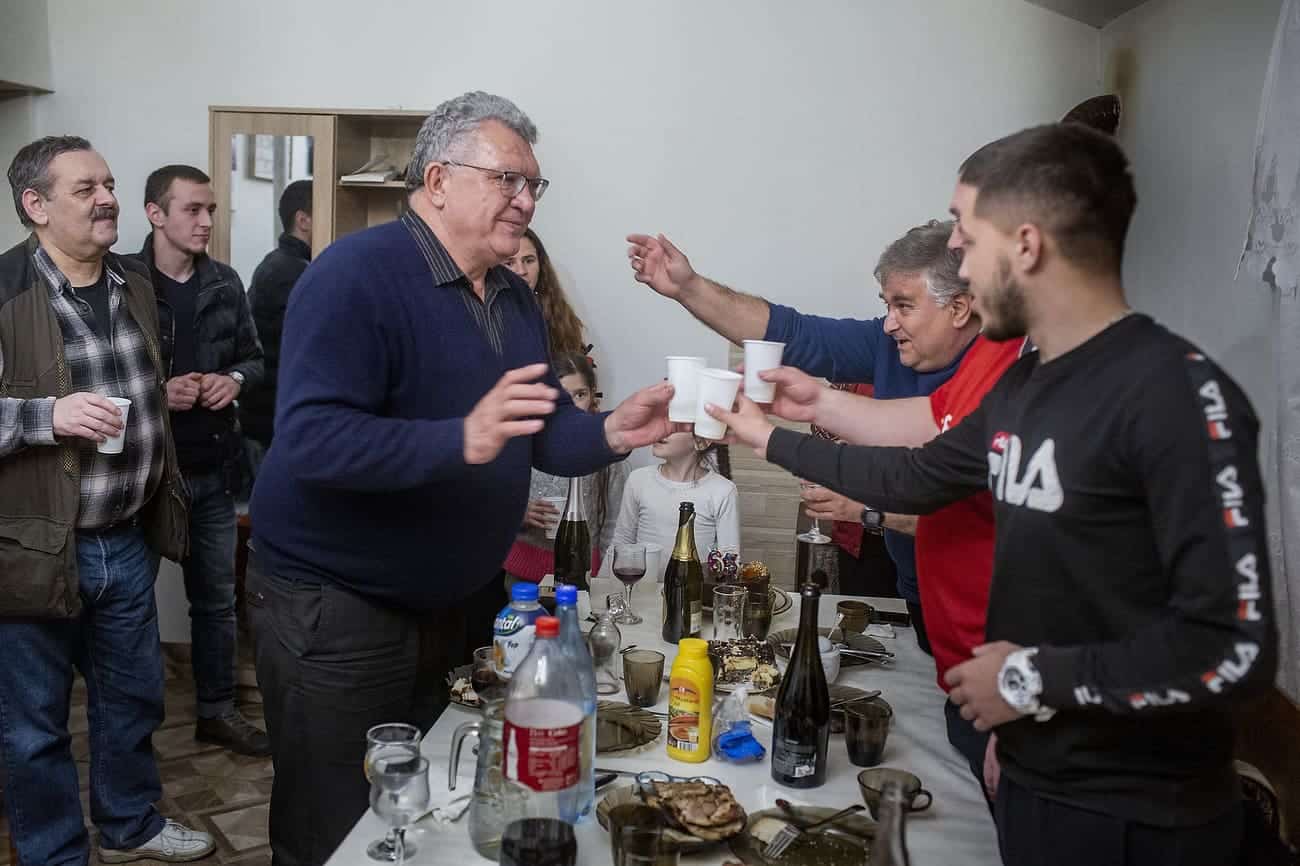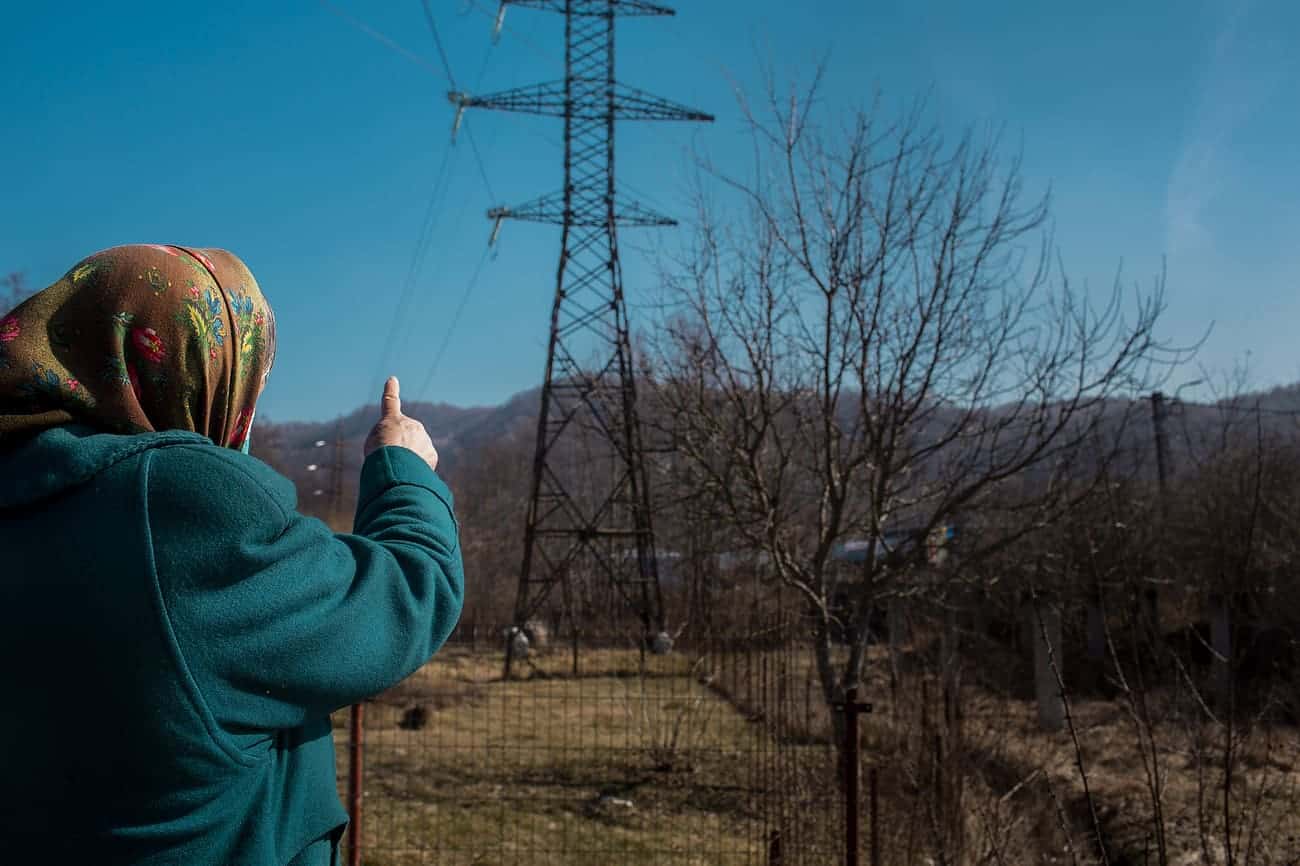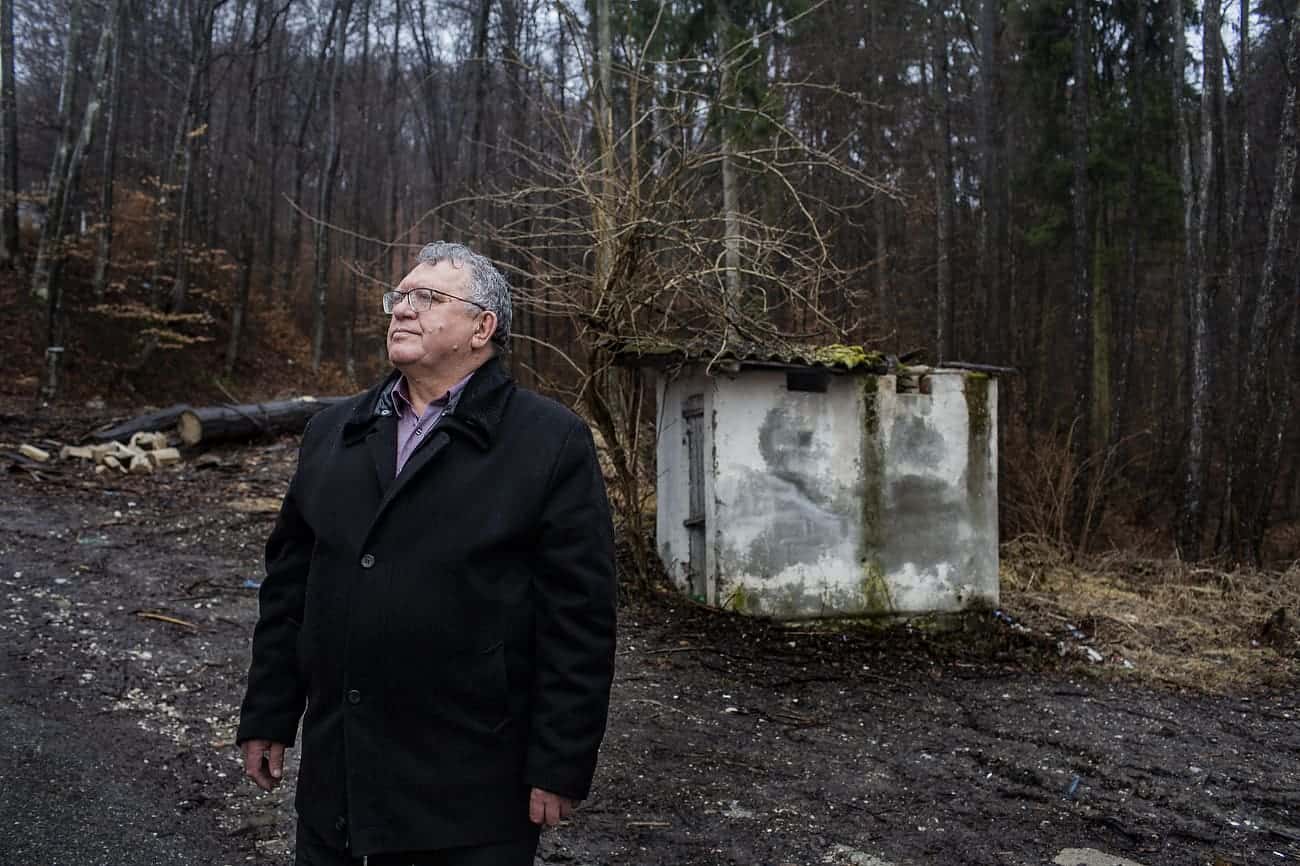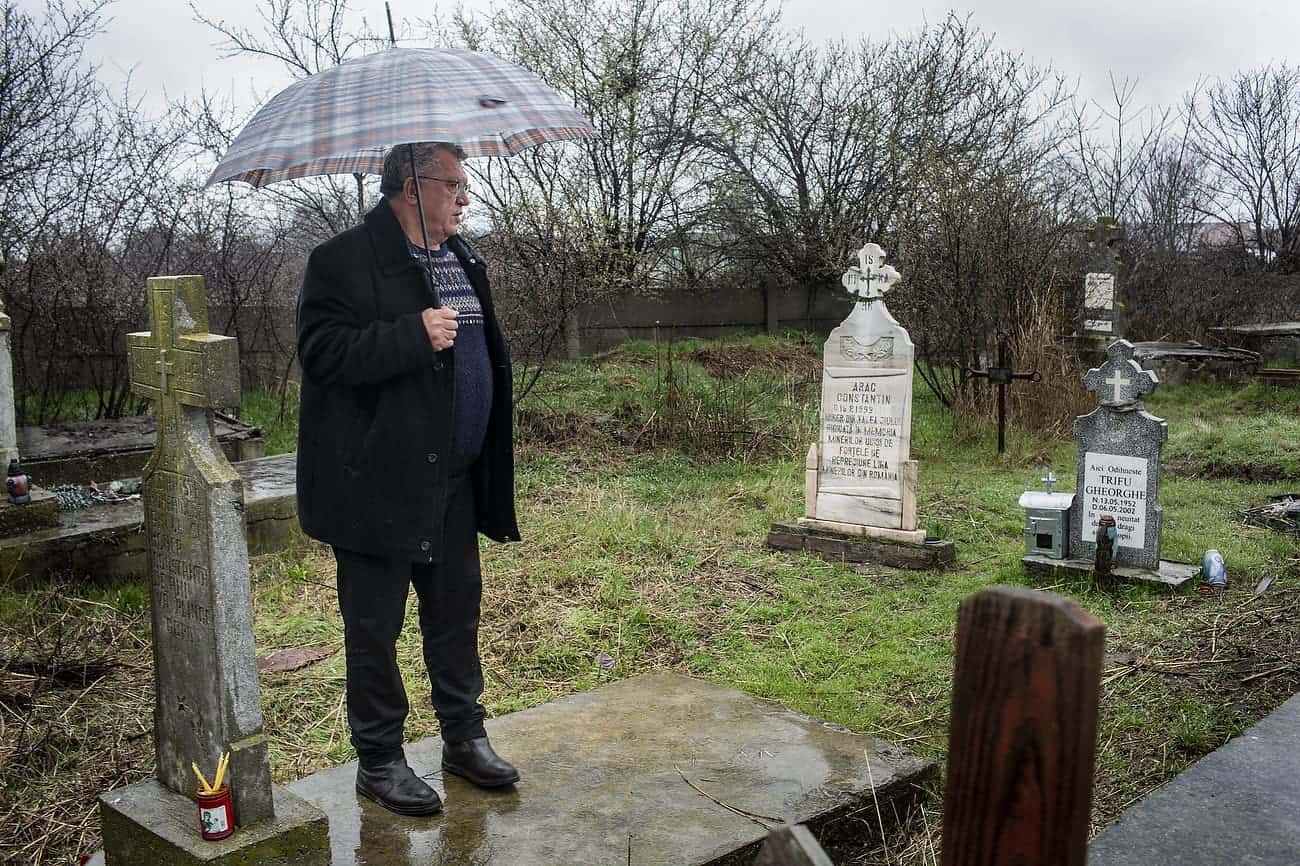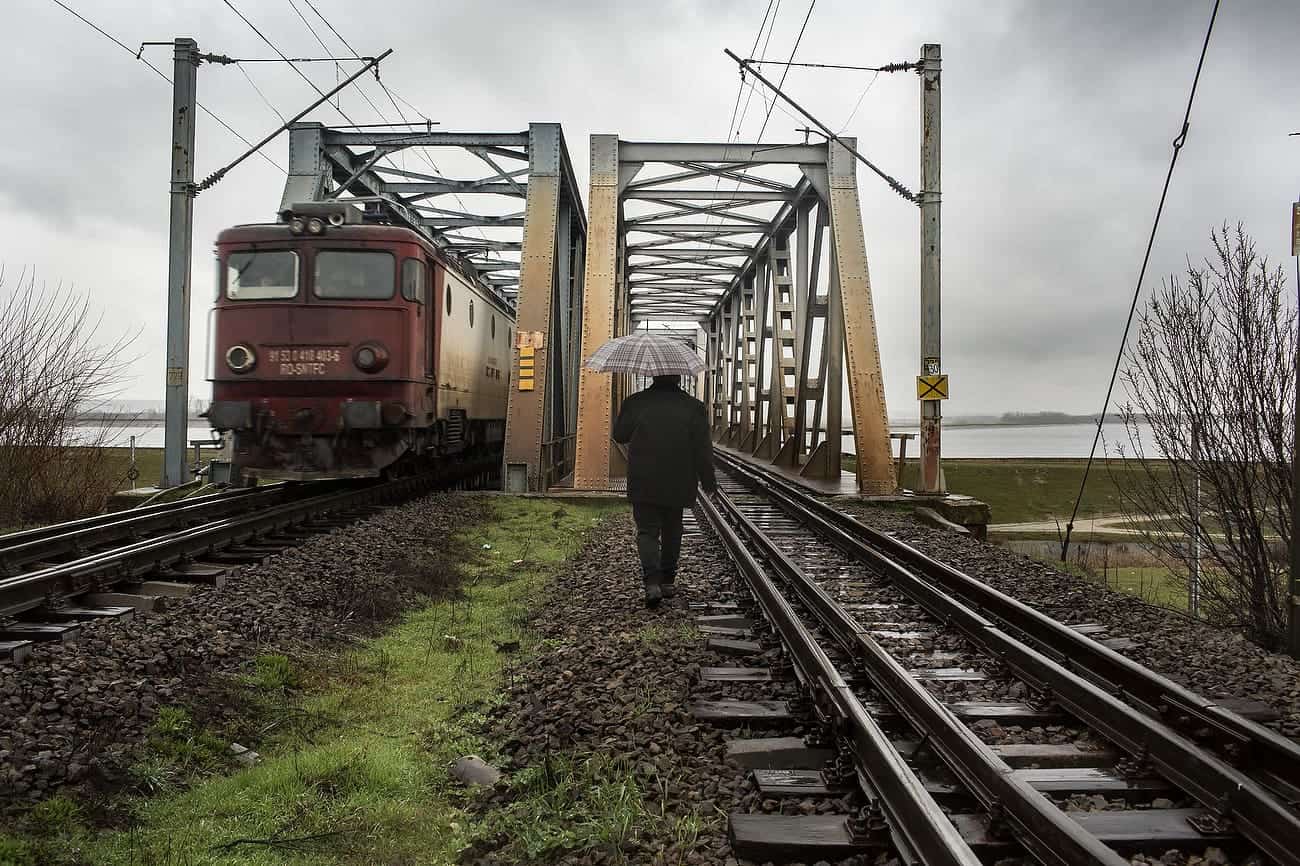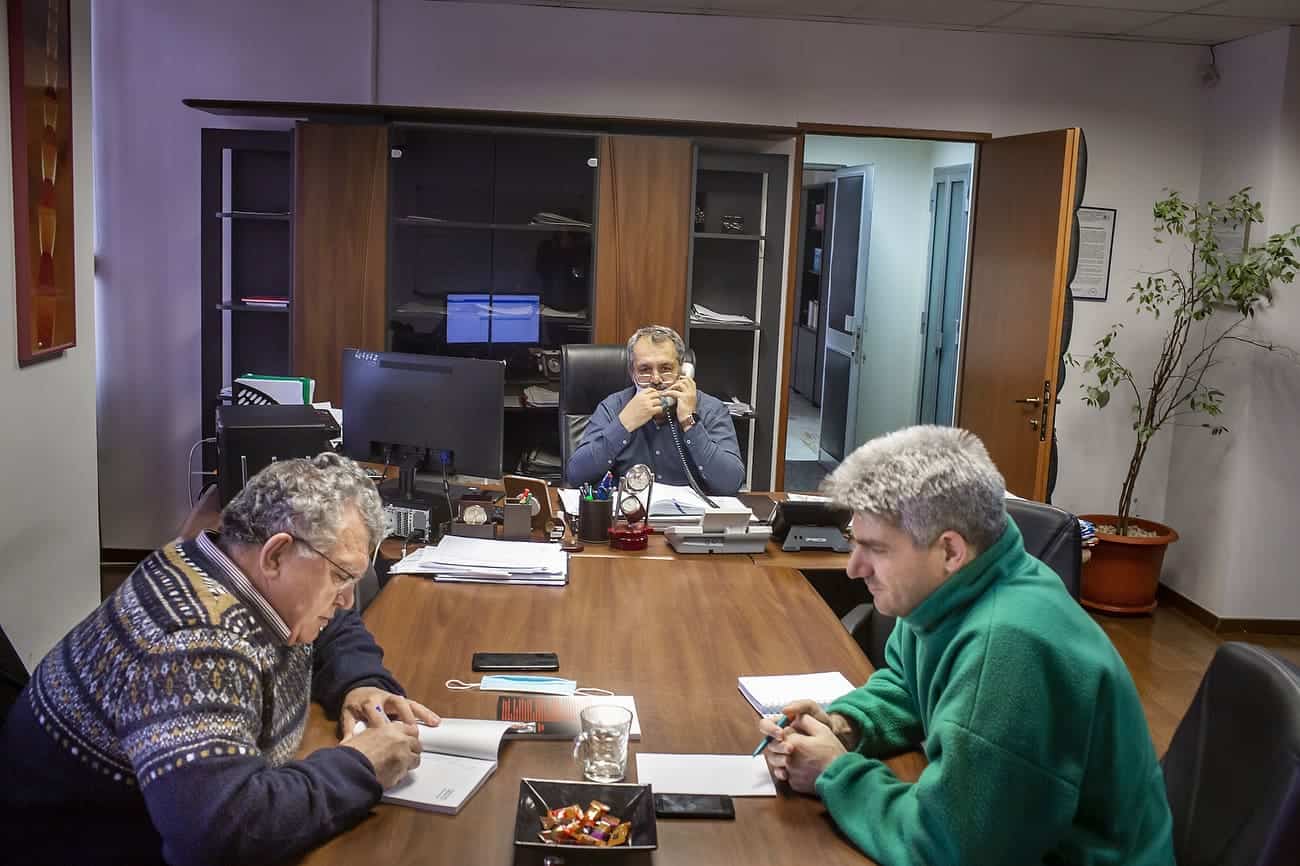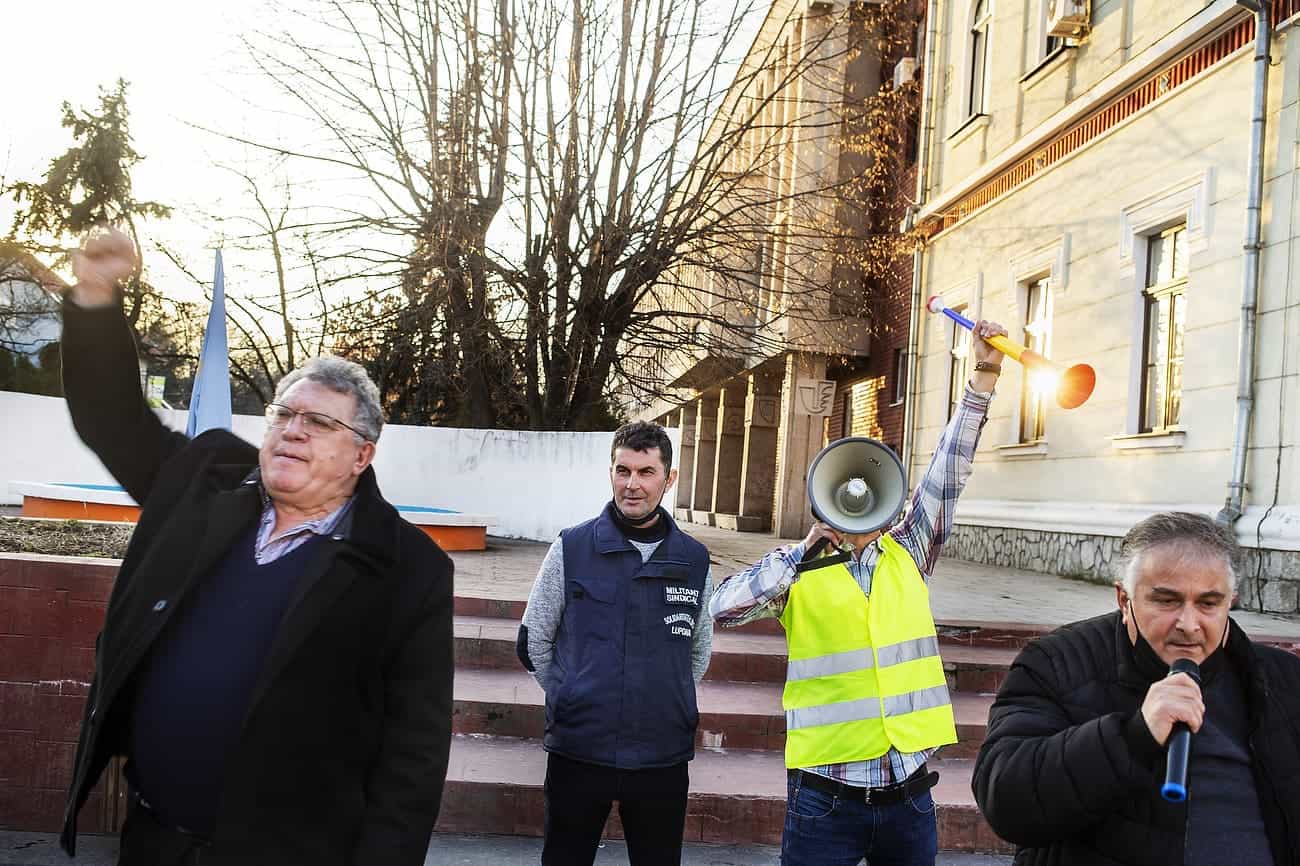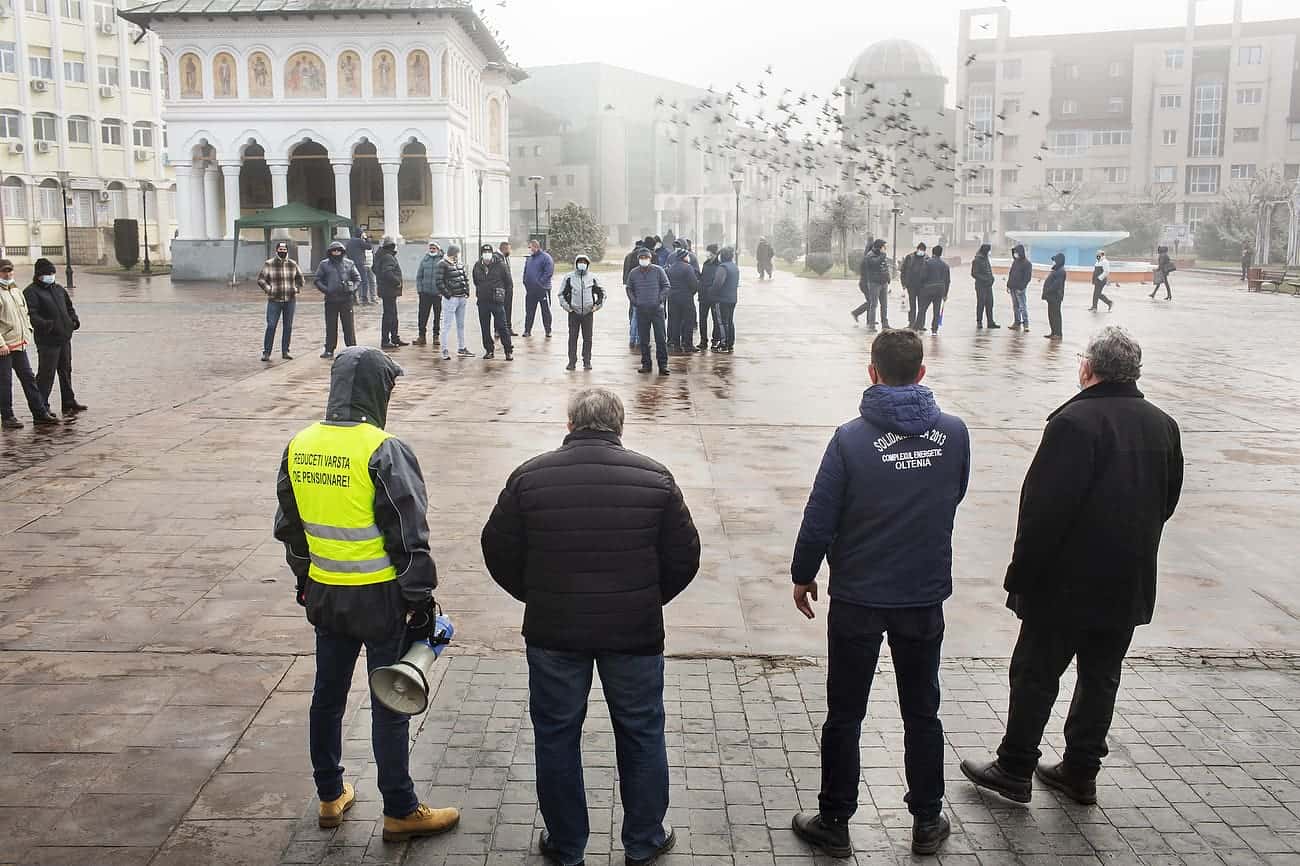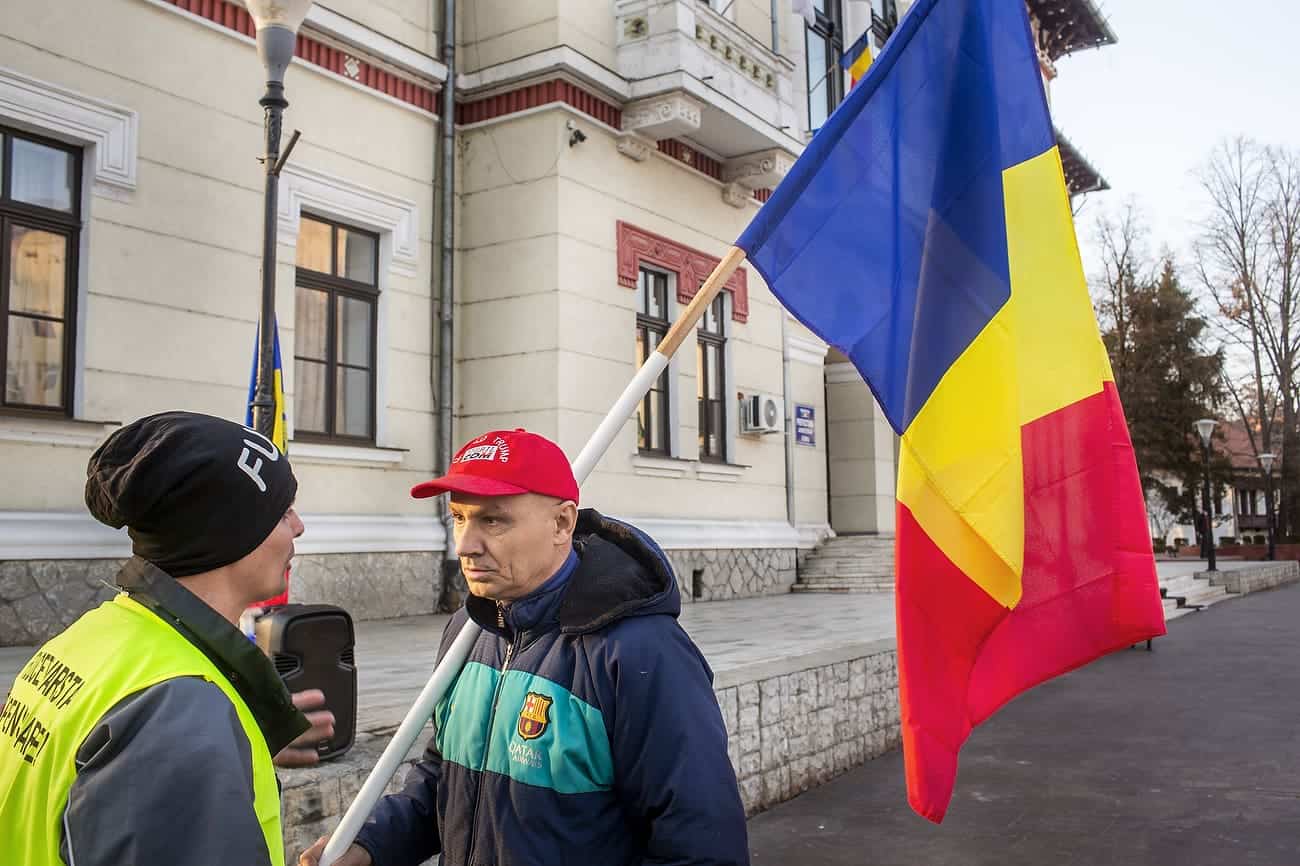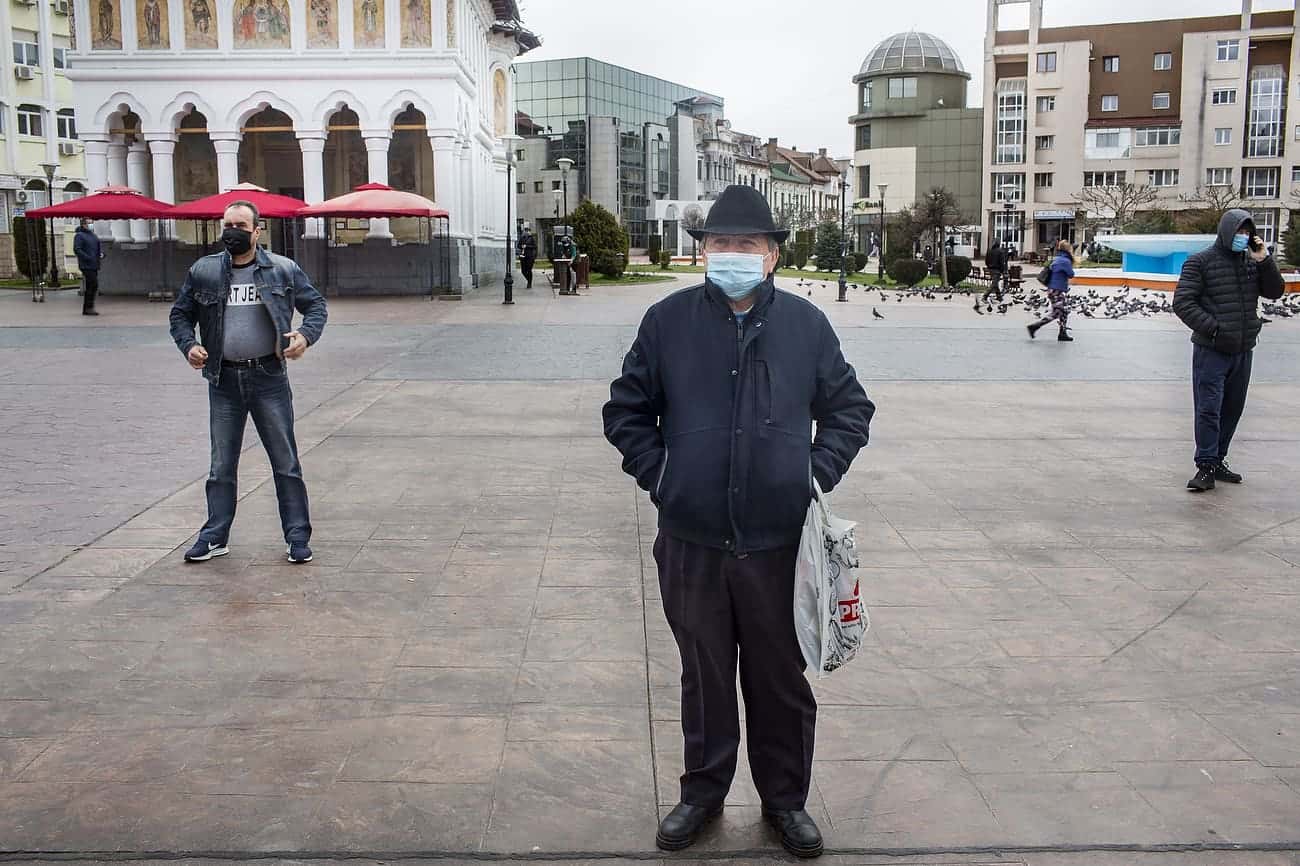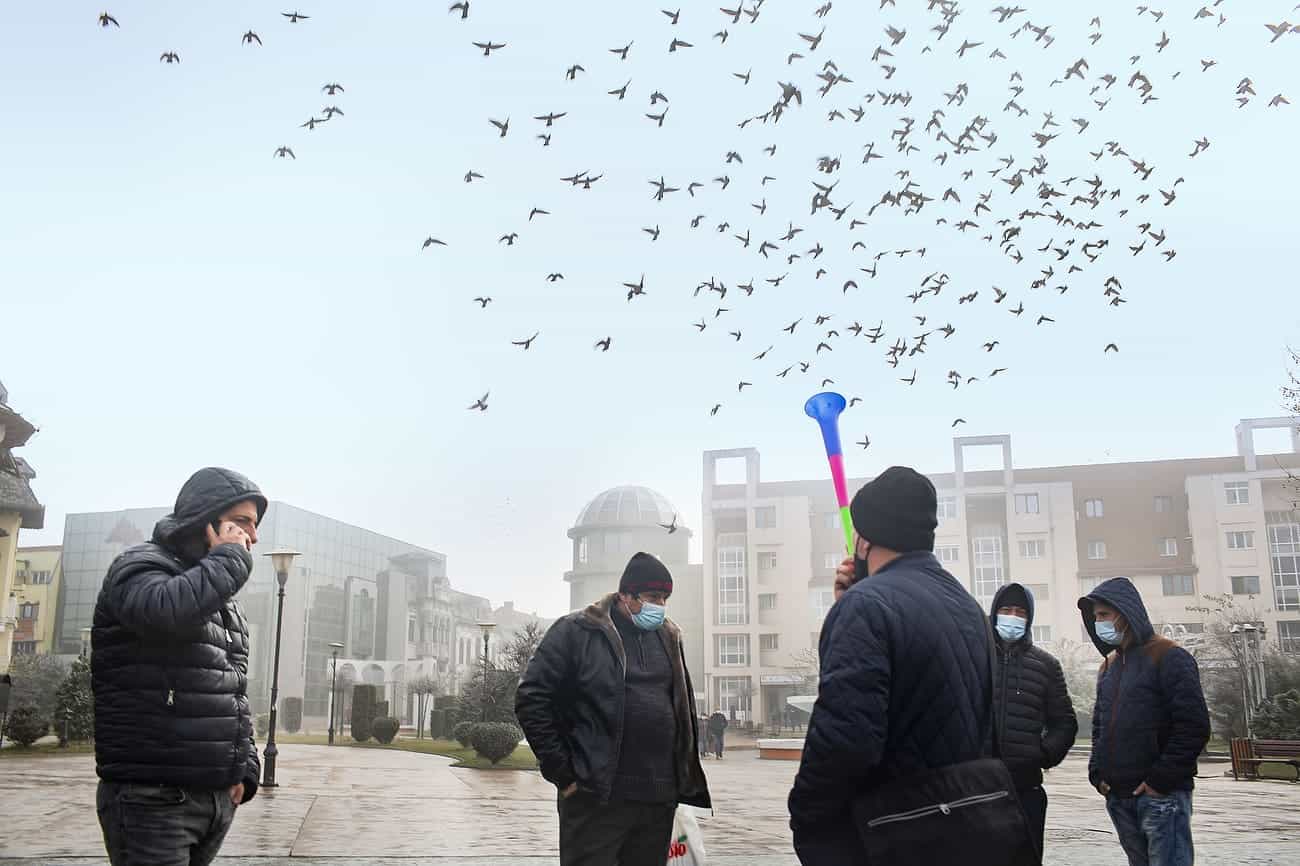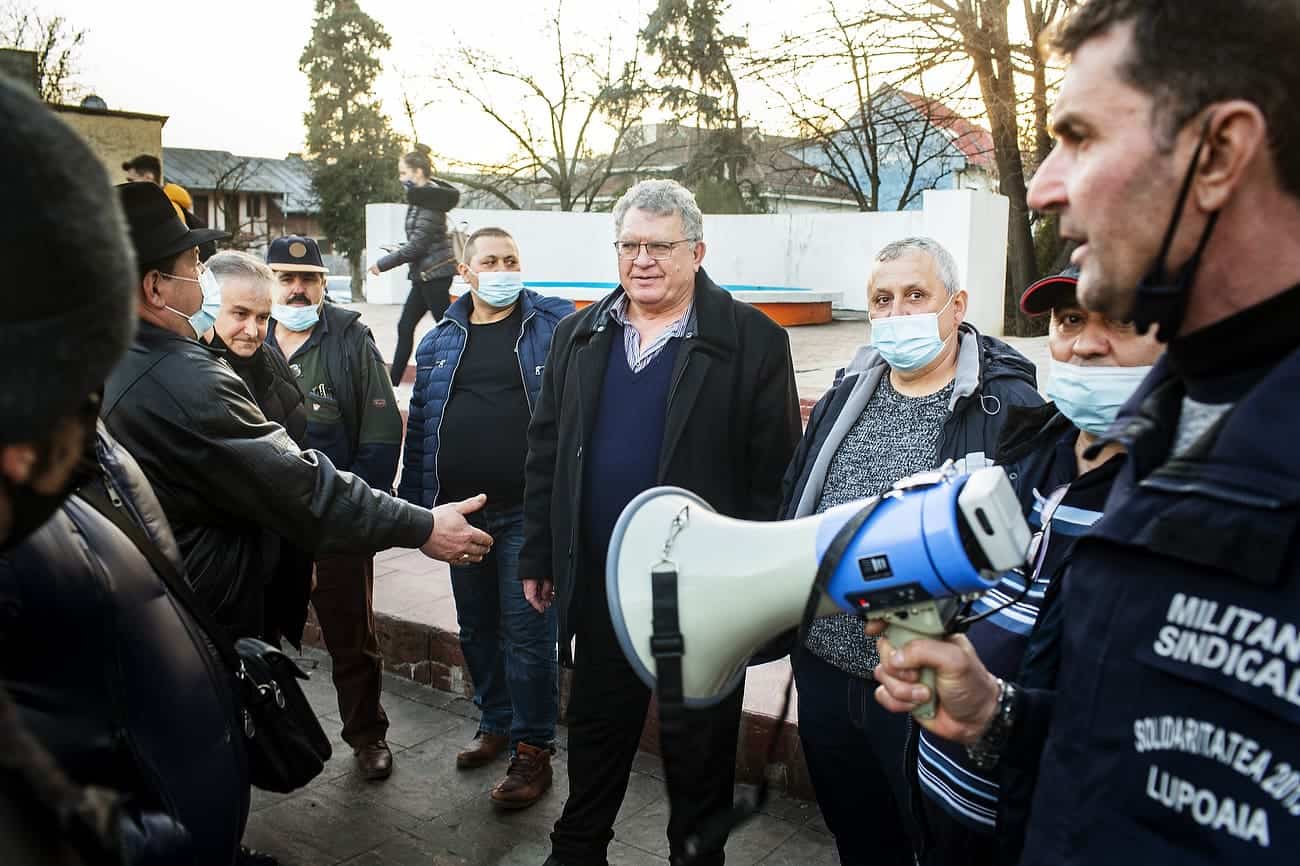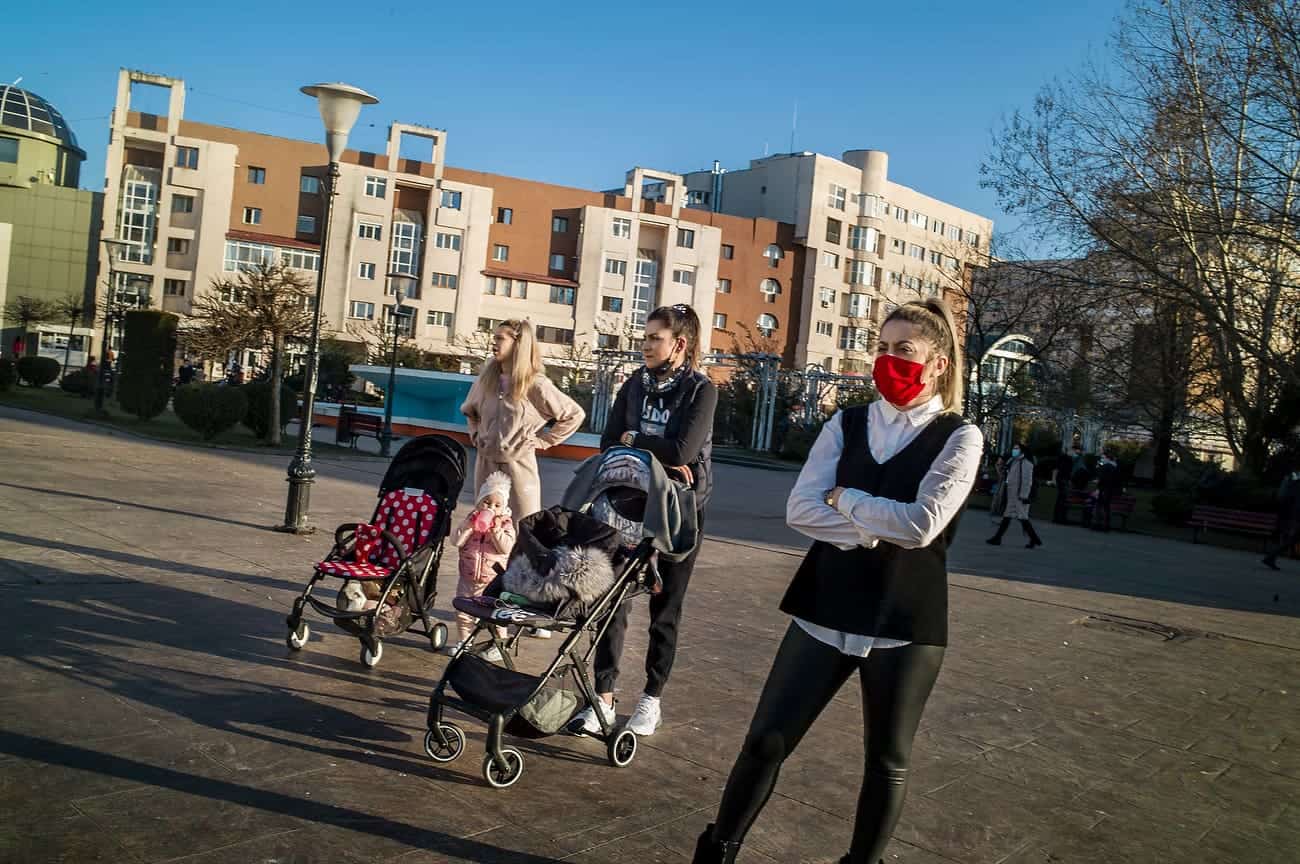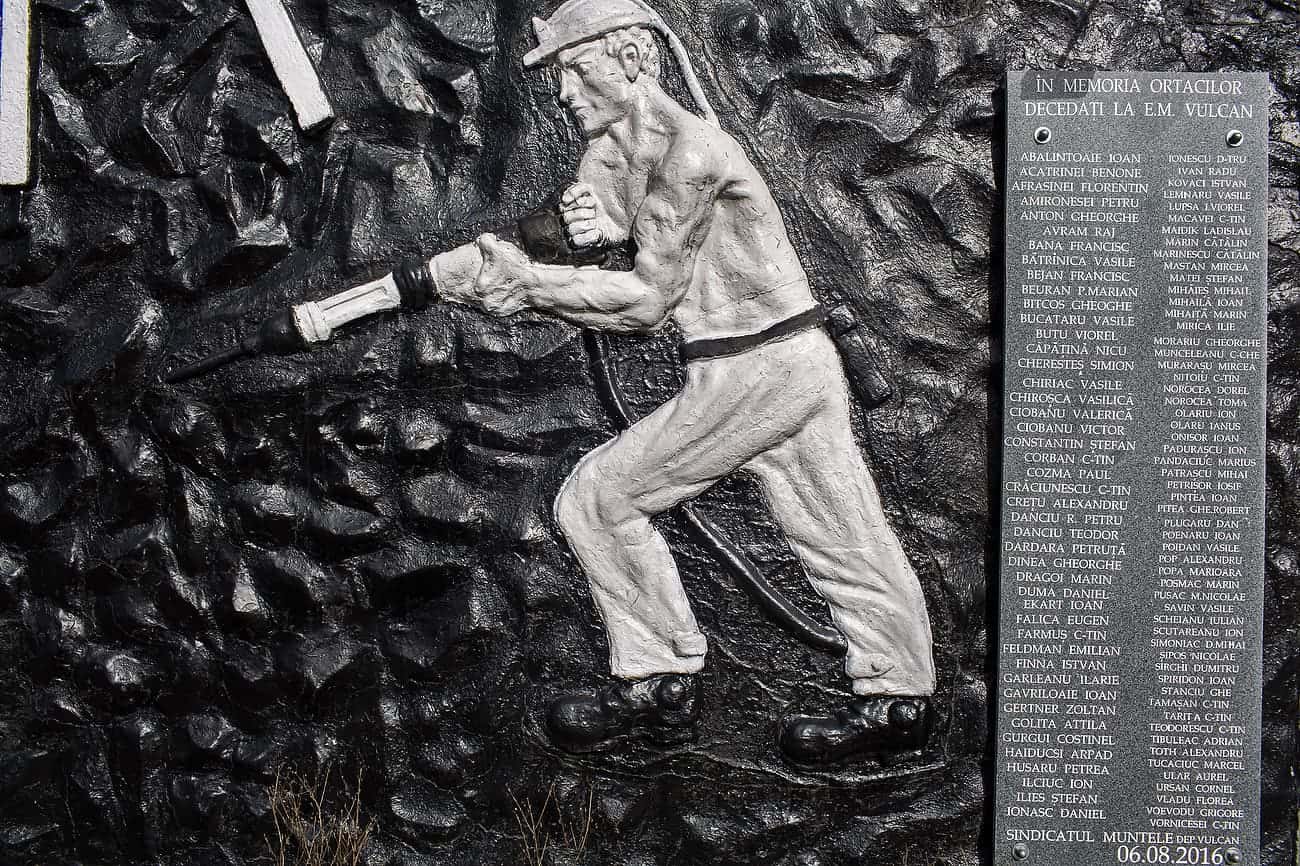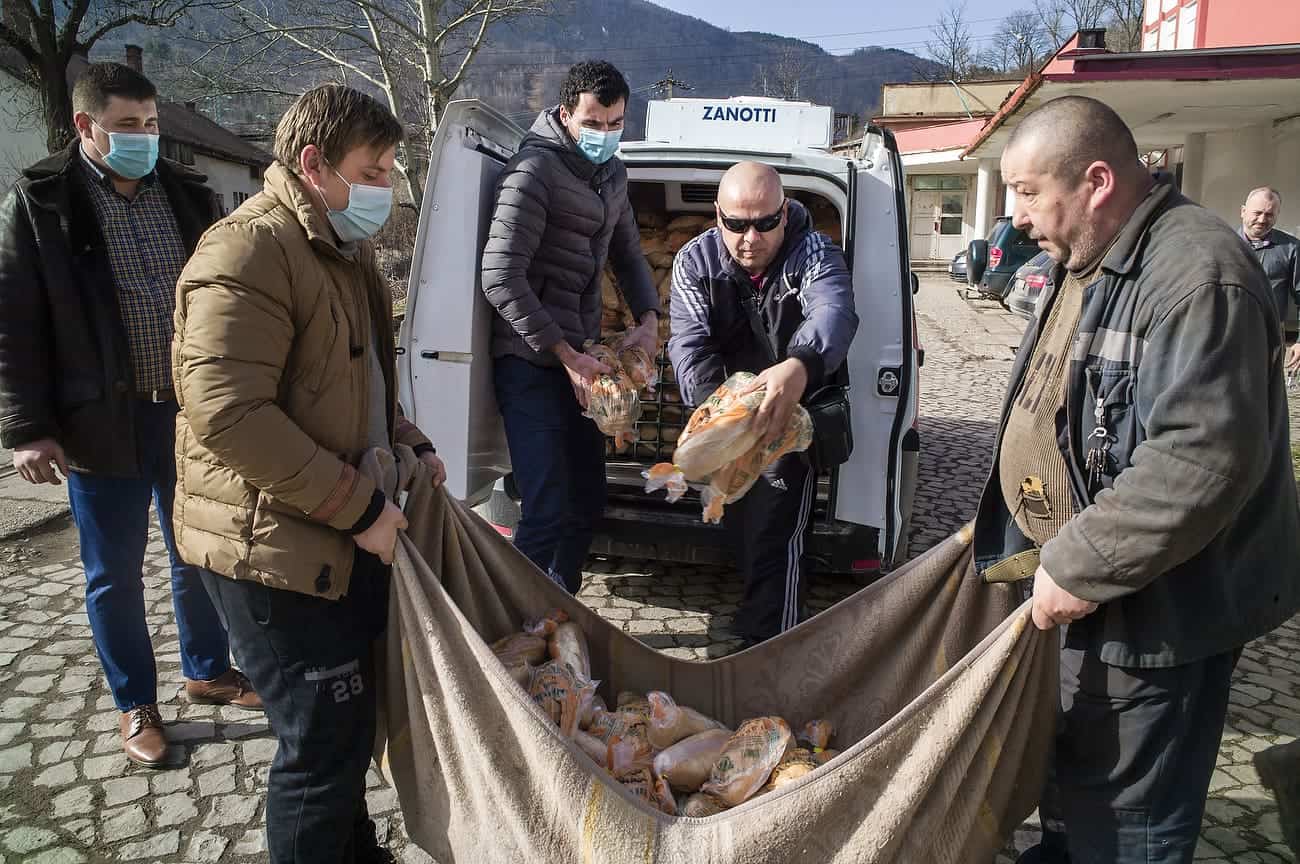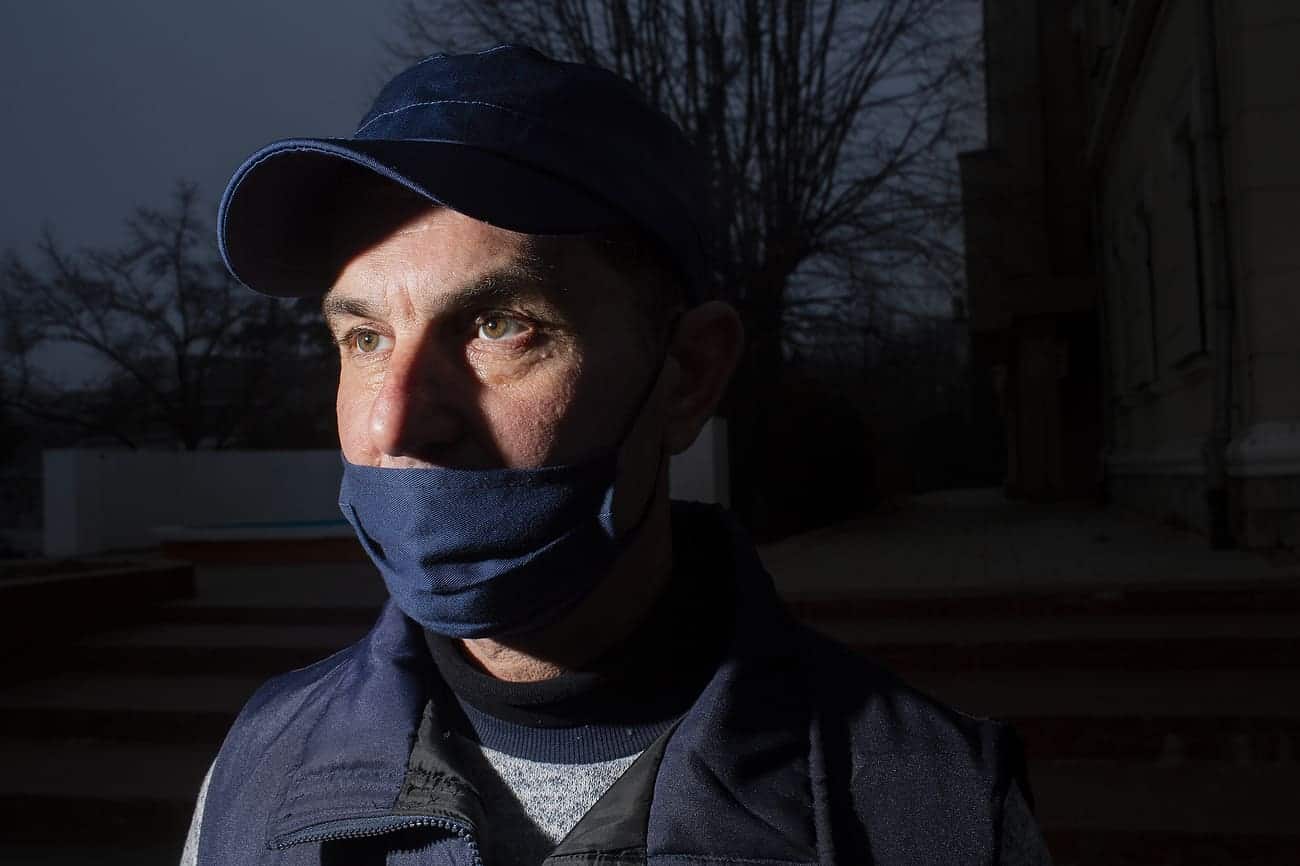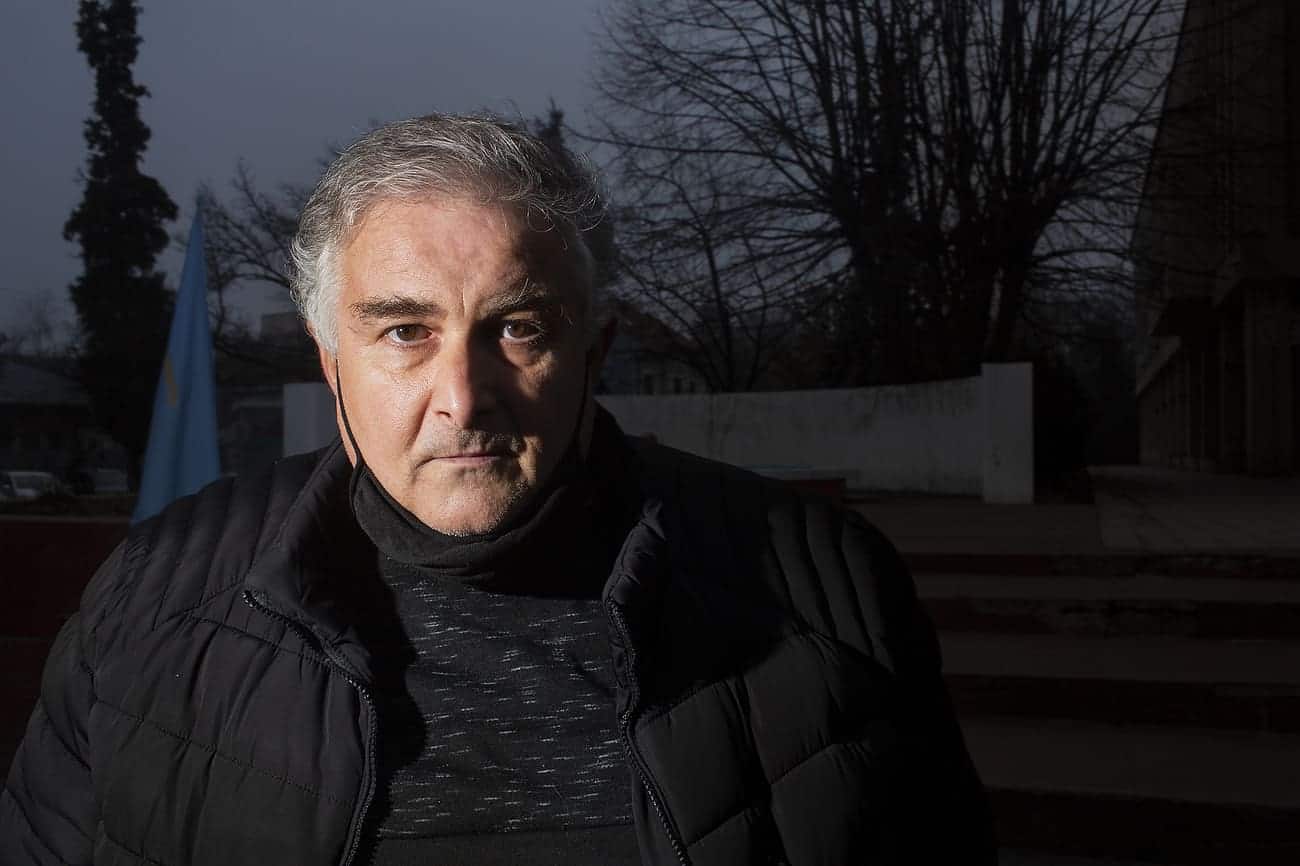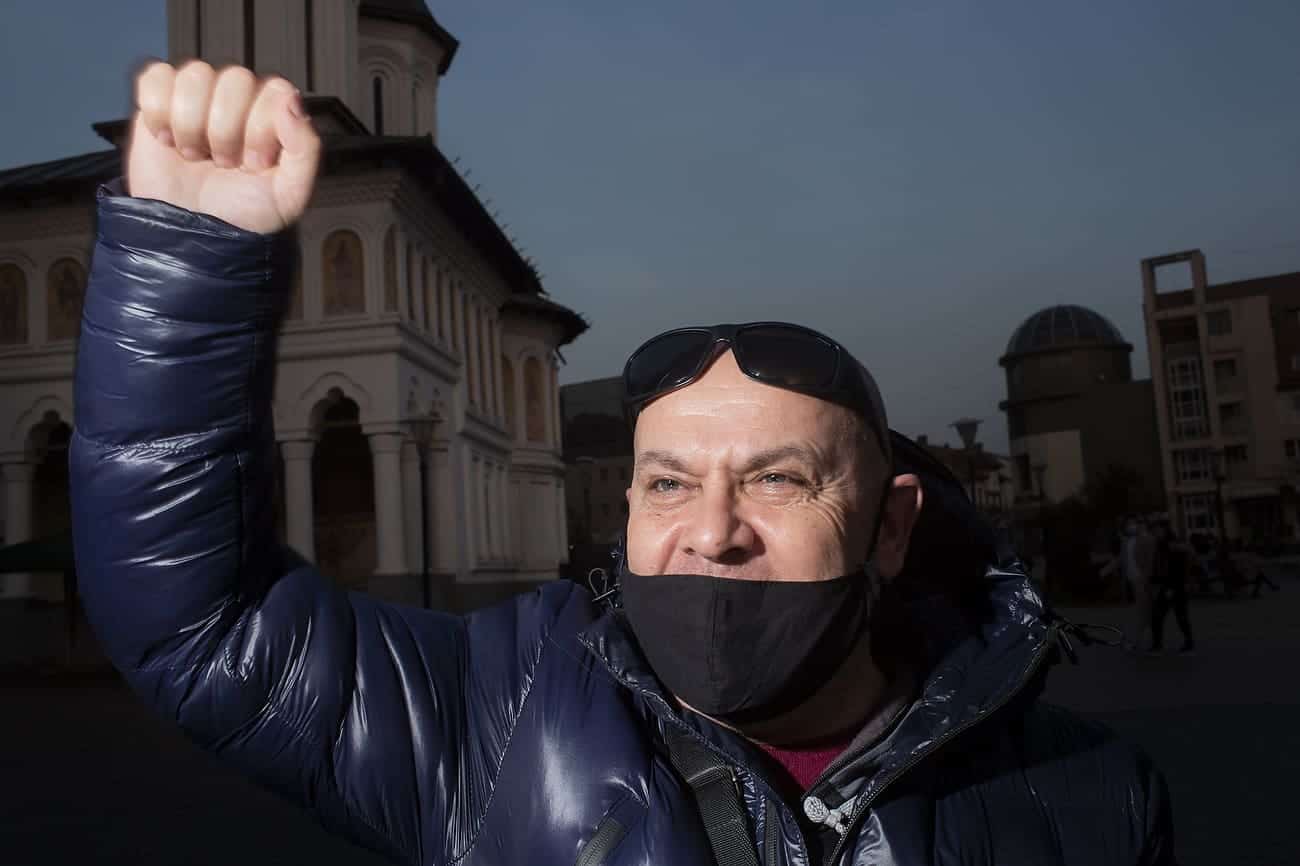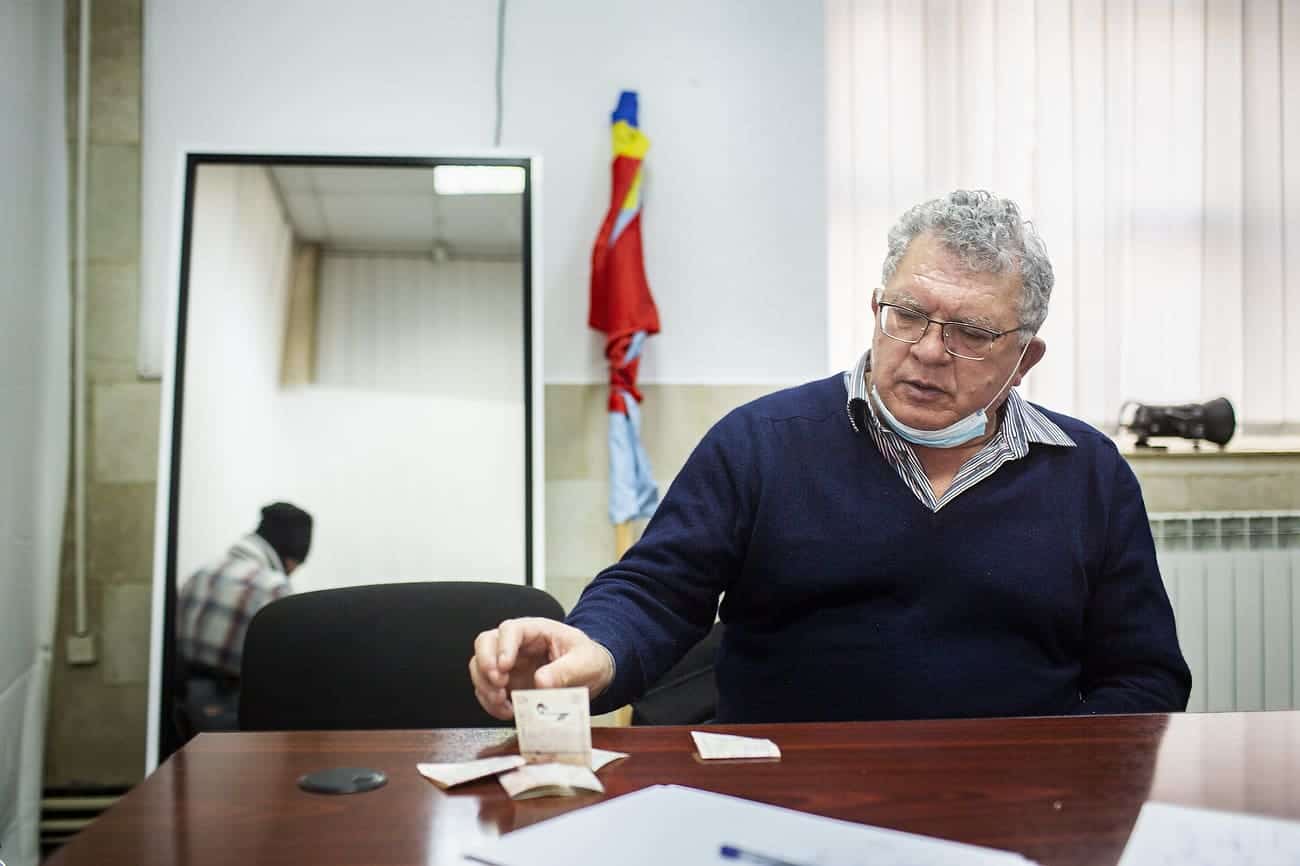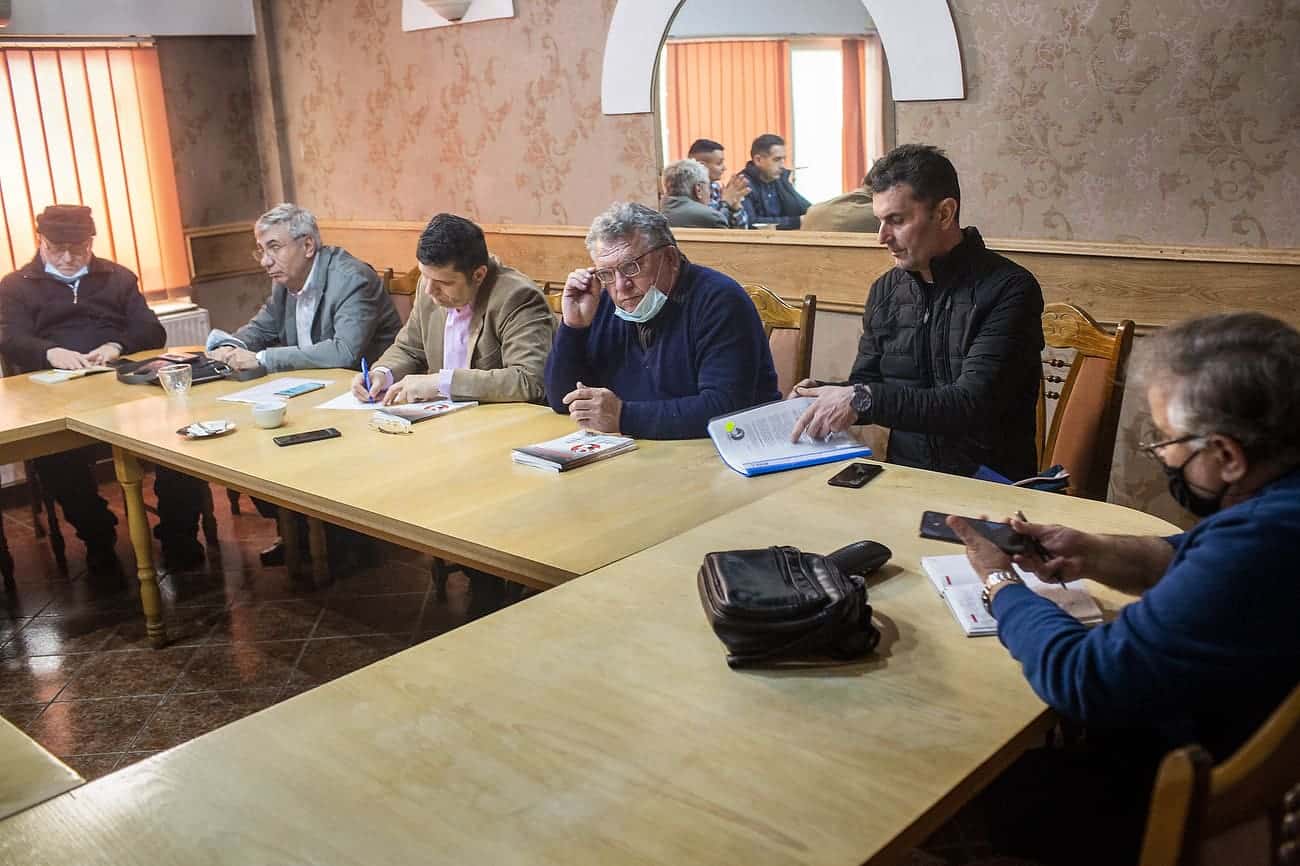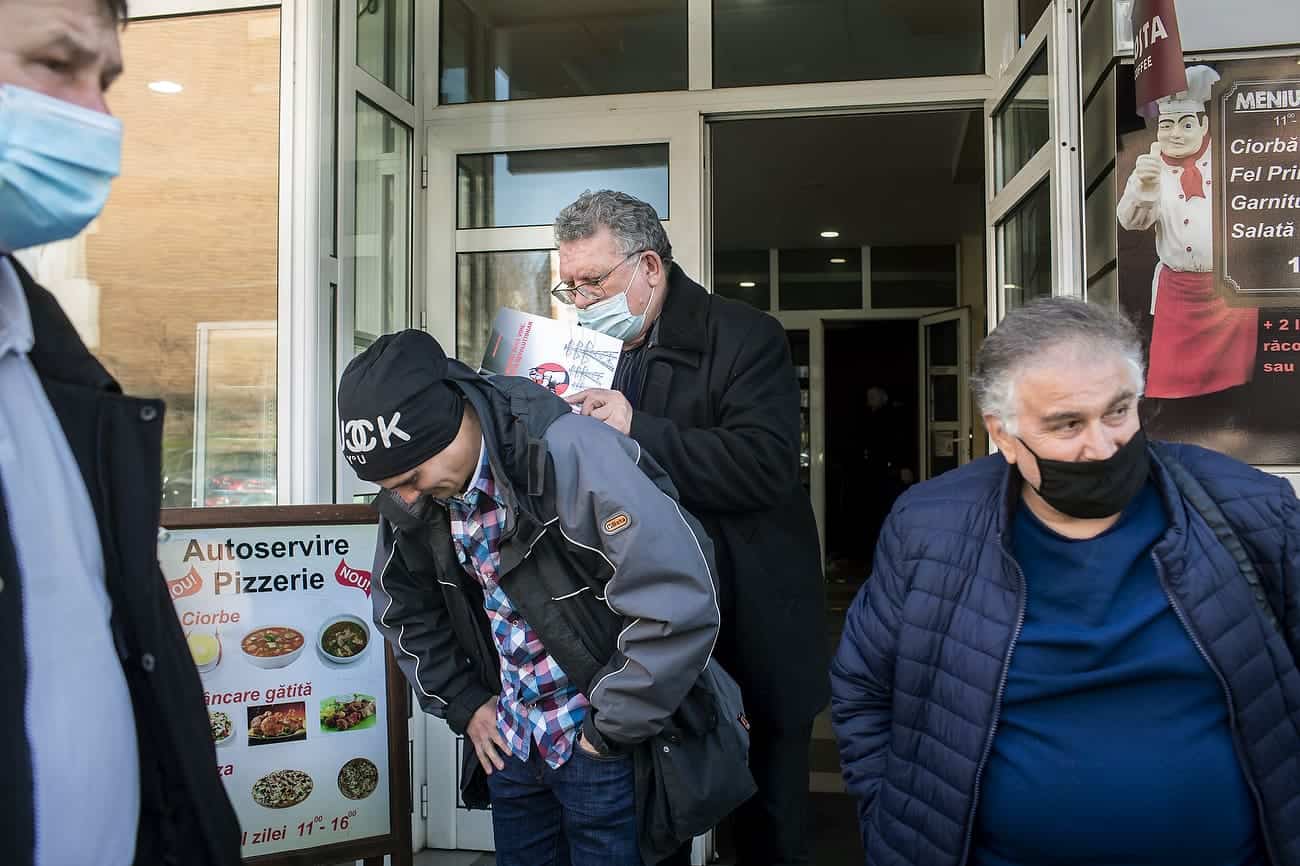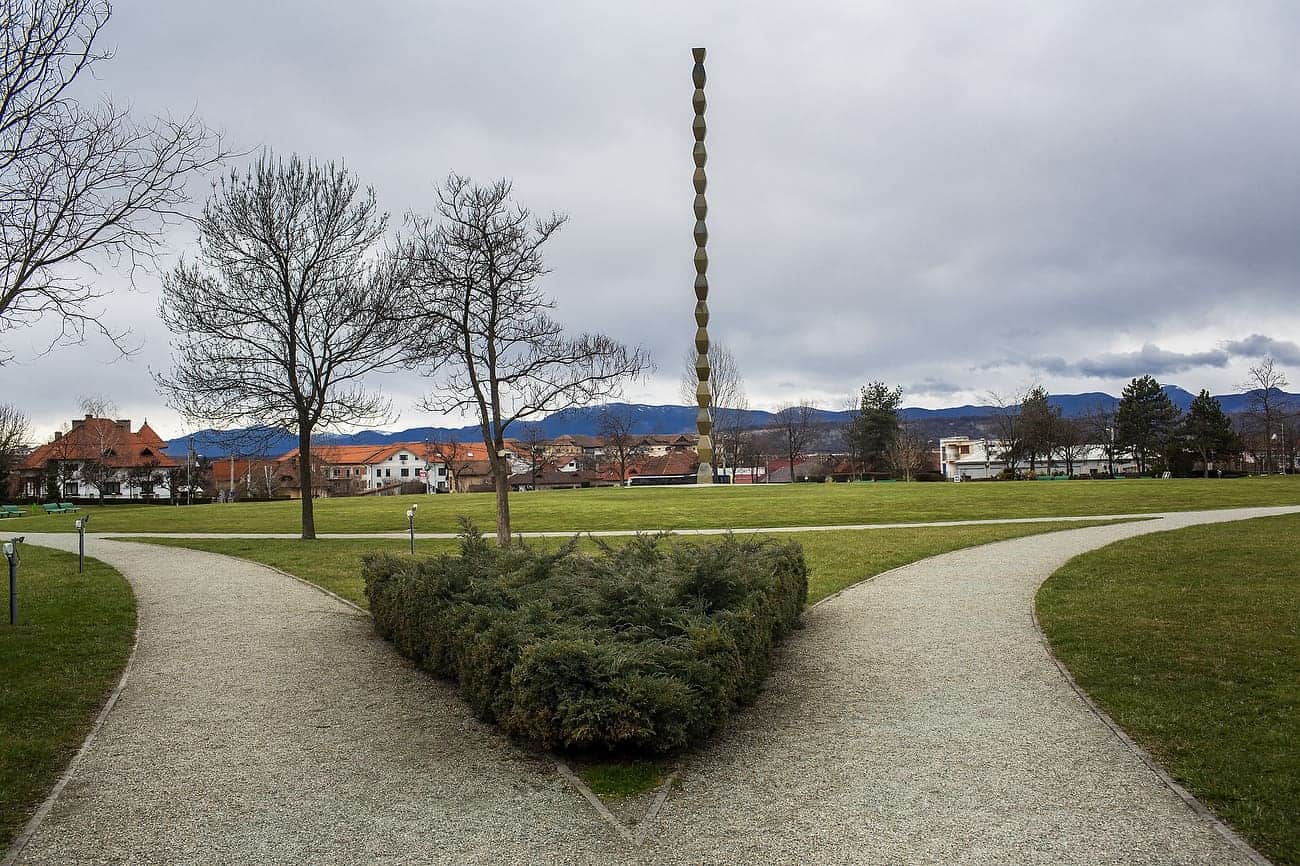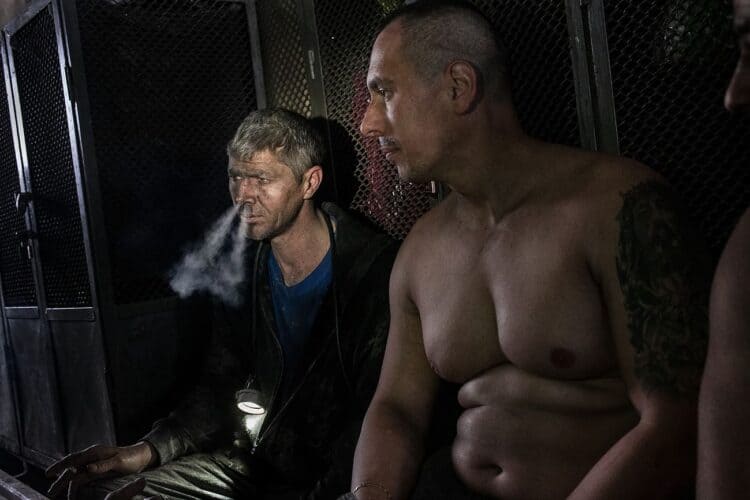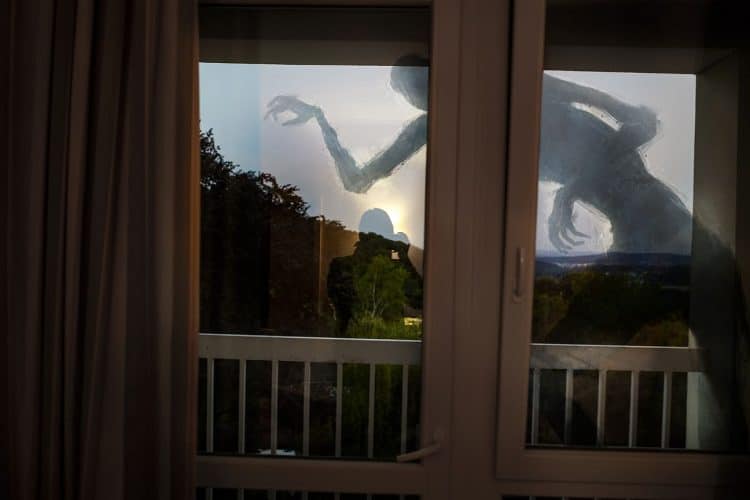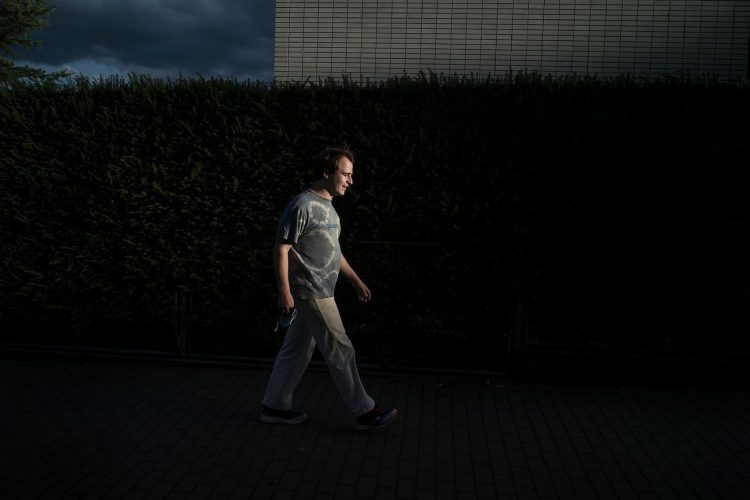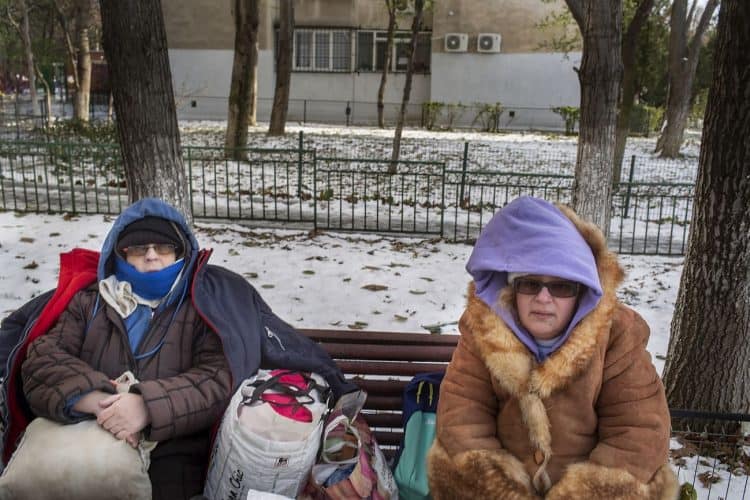The main factors influencing the fate of mining in Romania are: technological base, climate change, labor force, management, and last but not least, corruption and political pressures.
According to statements from several workers at the Oltenia Energy Complex, with few exceptions, many of the equipment used in mines today date back to before 1989. No matter how much you invest in developing and training the workforce, productivity and profitability are limited by the outdated technology and machinery. To better understand the deplorable conditions in mines today, I believe a statement from a miner at the Vulcan mine says it all: “We were better off when we were allowed to work with horses in the mine.”
Lulu, a 53-year-old excavator brigade leader from Tismana, adds, “In the summer, at 40 degrees, when I start excavating, within seconds, the fine dust buries me up to my waist. Occasionally, a colleague comes with a shovel to remove the coal from the cabin. That’s how I’ve been working for over 30 years.”
For decades, millions of Romanians have read, enjoyed, had warmth, and light in their apartments from coal extracted tirelessly by people like Lulu.
Inexplicably, according to many miners, they have lost their job classification as hazardous work over time. Some of them have tried through the courts to regain this classification. It is inconceivable that neighboring villages can take CE Oltenia to court for pollution or noise, and yet the company’s employees, those working in the quarry, do not receive hazardous work bonuses.
The lack of perspective, low salaries, and extremely harsh working conditions have caused fewer and fewer young people to desire a career in mining, despite the lack of alternatives in the area. The average age of miners itself indicates that this industry is on the verge of extinction. Older miners remember the times when their work was respected and rewarded. Nostalgia fills them with regret and disappointment. No job description is respected anymore. The bankrupt institution forces them to work in fragmented teams, to cobble together and improvise to survive another shift. They have accepted to supplement the work that should have been done by other colleagues in the hope of receiving a salary just a little whiter than the coal they extracted from the relentless hill.
The equipment was outdated even when they were young, but back then, they could handle the difficulties with the advantage of youth. Now, neither the equipment nor their physical condition helps them anymore.
While some of them are forced to strike to receive their salaries, others dread the day when they too will leave with empty hands on payday. Out of approximately 12,000 CE Oltenia employees, only a few dozen participate daily in picketing at the Targu Jiu prefecture. Even this reaction is influenced by the miners’ advanced age. The times are long gone when a single union leader gathered over 15,000 souls in the same square.
